Eltham Palace, London
Part royal palace, part Art Deco mansion, Eltham Palace is unique in South East London (and much further afield). Get to know the extended Courtauld family including their pet lemur, while simultaneously seeing where Henry VIII spent much of his childhood.

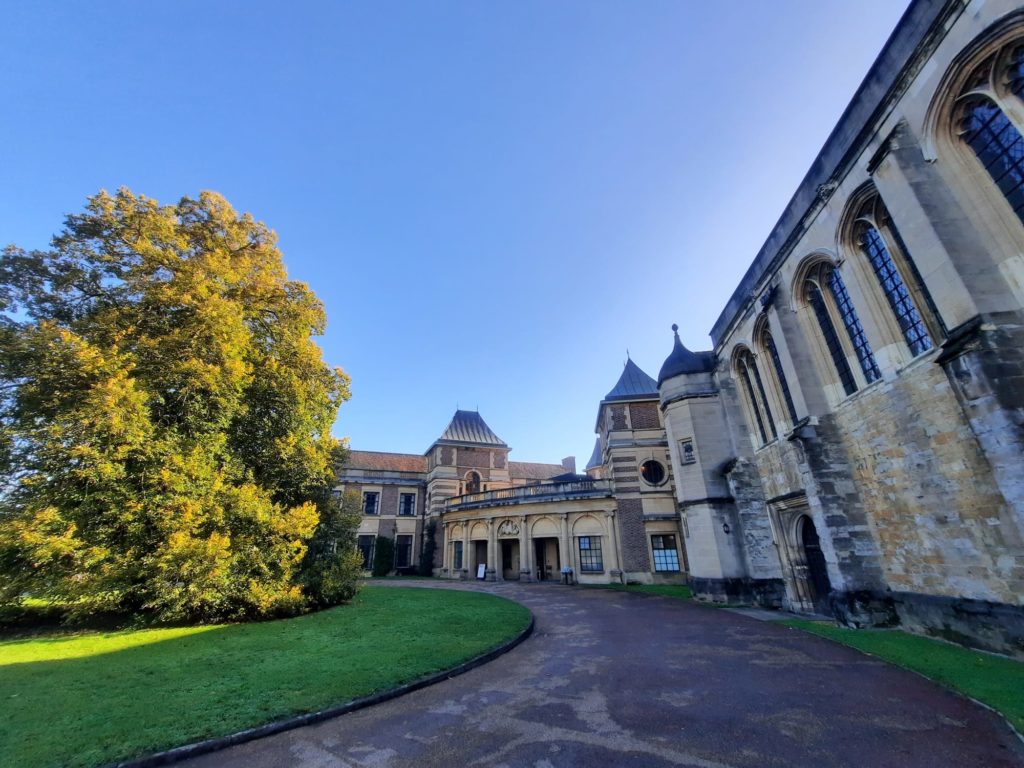
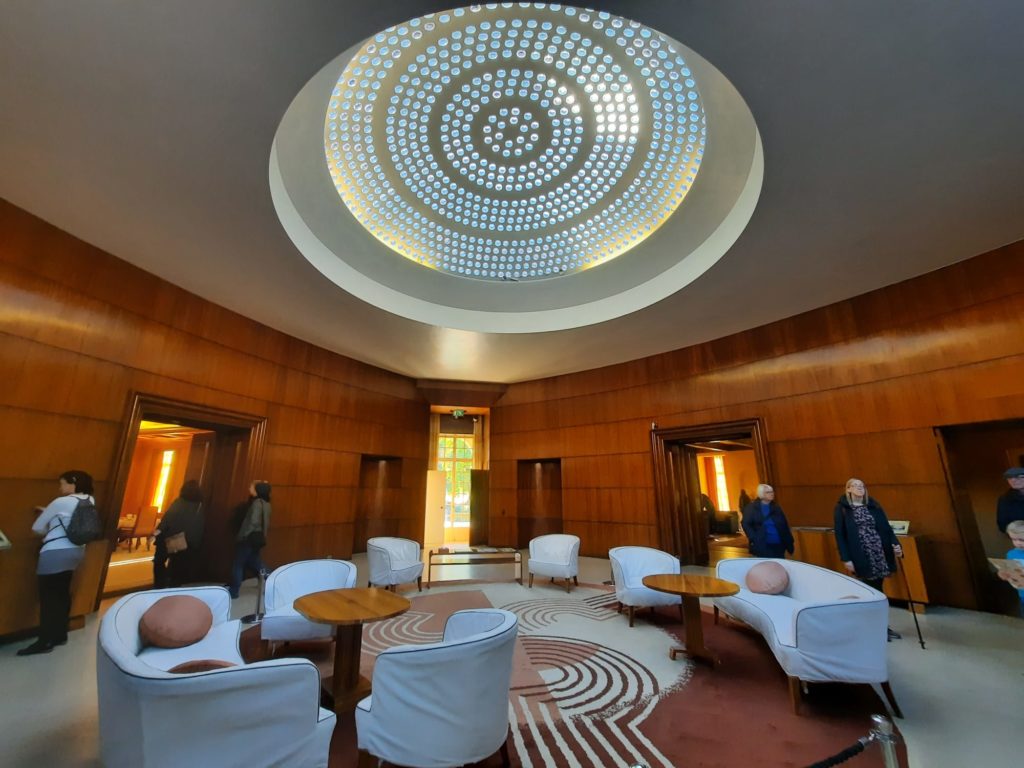
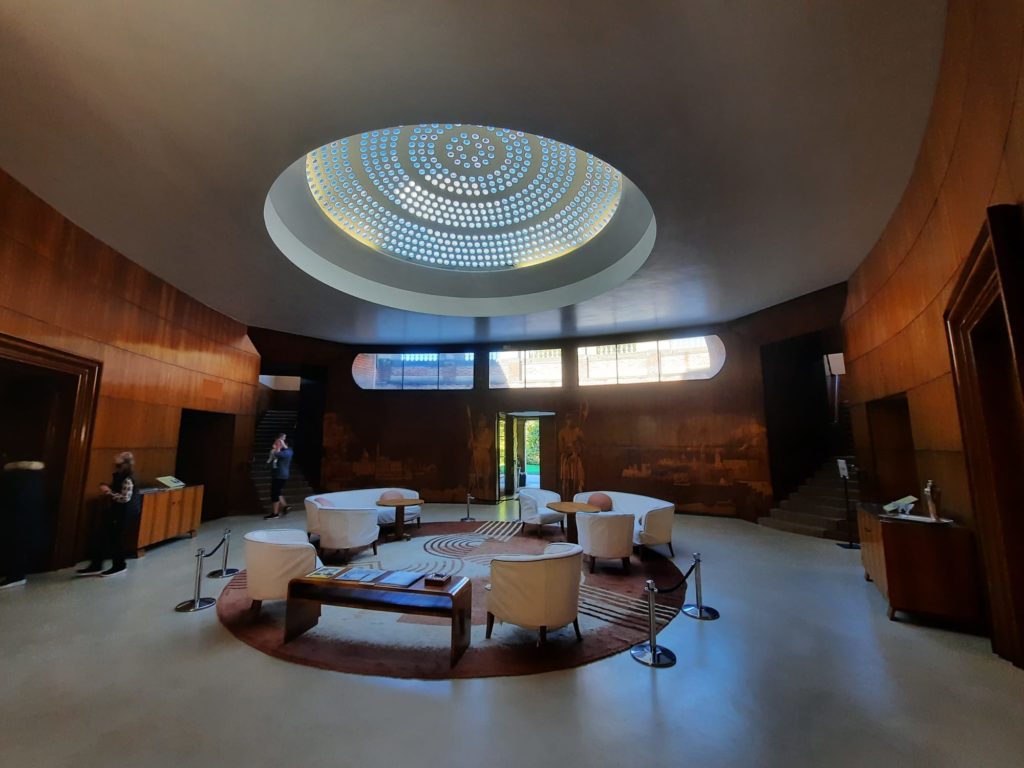
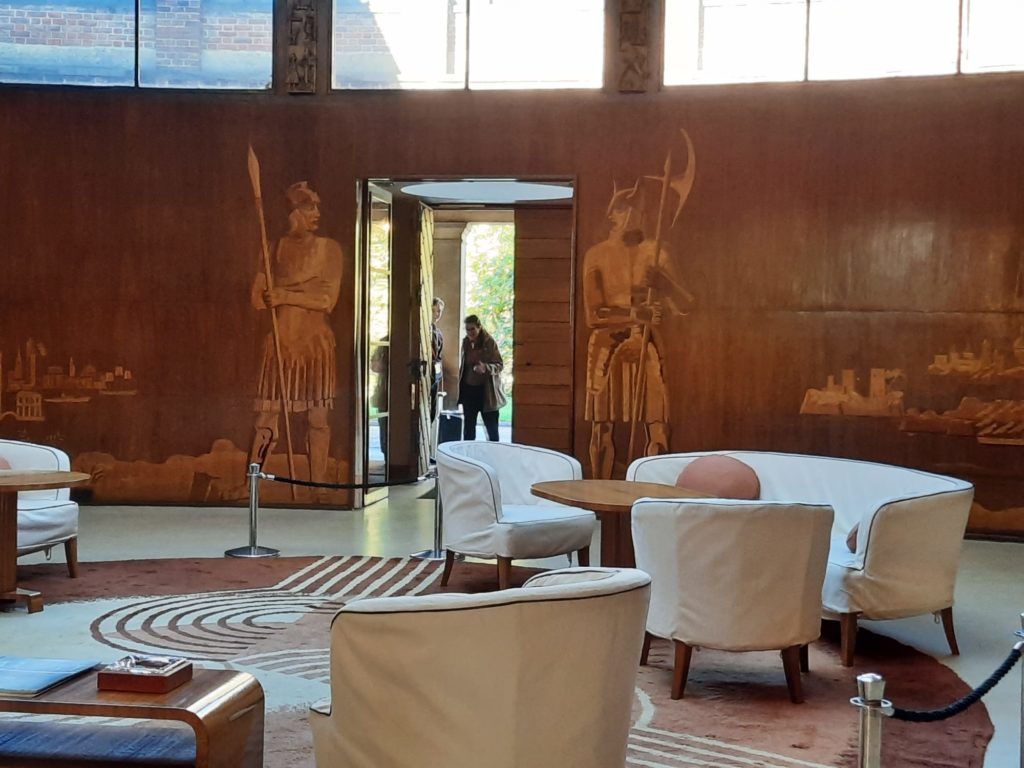

A Visit To Eltham Palace
Sometimes it’s the places the closest to home which take the longest to visit. It’s easy to put them off in favour of seemingly more exotic locales a little further away. Especially when, in true South London fashion, the transport connections aren’t great so it’s not particularly easy to get from Brockley to Eltham.
So when a friend suggested an outing to Eltham recently, I jumped at the chance. I knew relatively little about it: that it was an Art Deco refitting of an older building. And that it was in Eltham (naturally), now a district of South East London but once a settlement on the road from London to Maidstone. It has been around since the time of the Domesday Book, and was part of Kent until 1899.
Eltham, on an elevated, sandy plateau, was a place of strategic importance. It’s for that reason that a palace was here at all. But the palace of course cemented Eltham’s importance, and it retains today other notable early buildings, including a Lord Chancellor’s Lodging of 1420. With a population close to 90,000 it’s one of London’s larger suburban communities. But few attractions other than Eltham Palace or perhaps Eltham F.C. draw visitors in. Although one unfortunate nearby incident, the murder of Stephen Lawrence in 1993, did bring the Salterton Arts Review here recently for a unique theatrical experience.
But let us now take a closer look at today’s main draw, Eltham Palace, and its many-layered history.
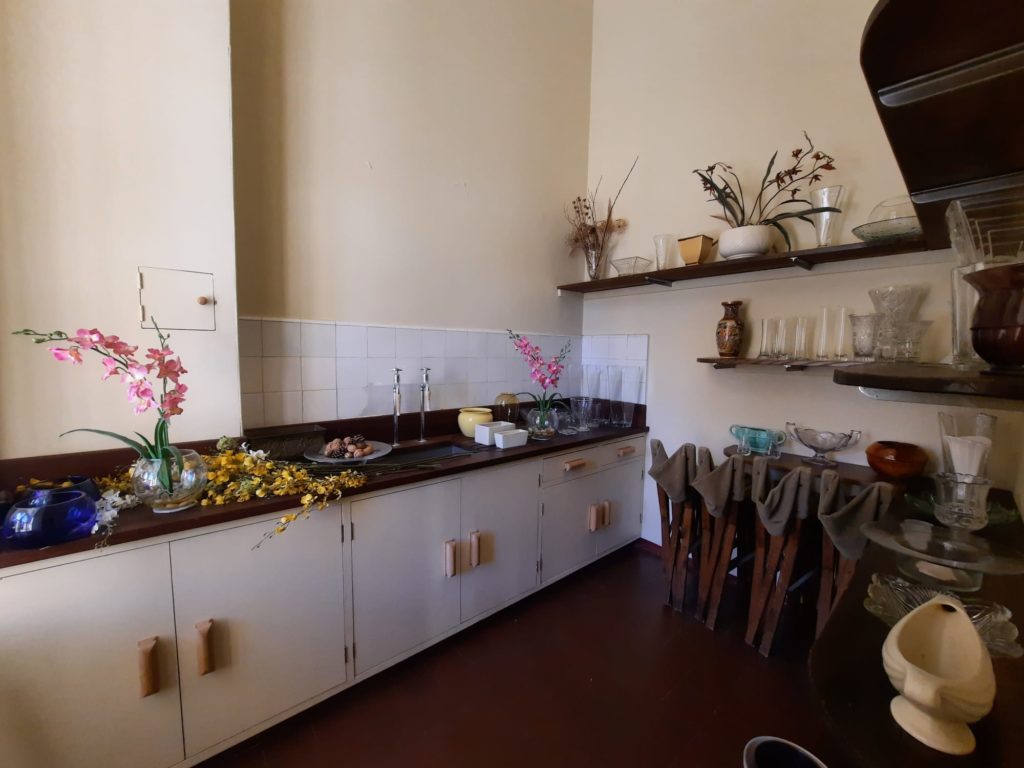
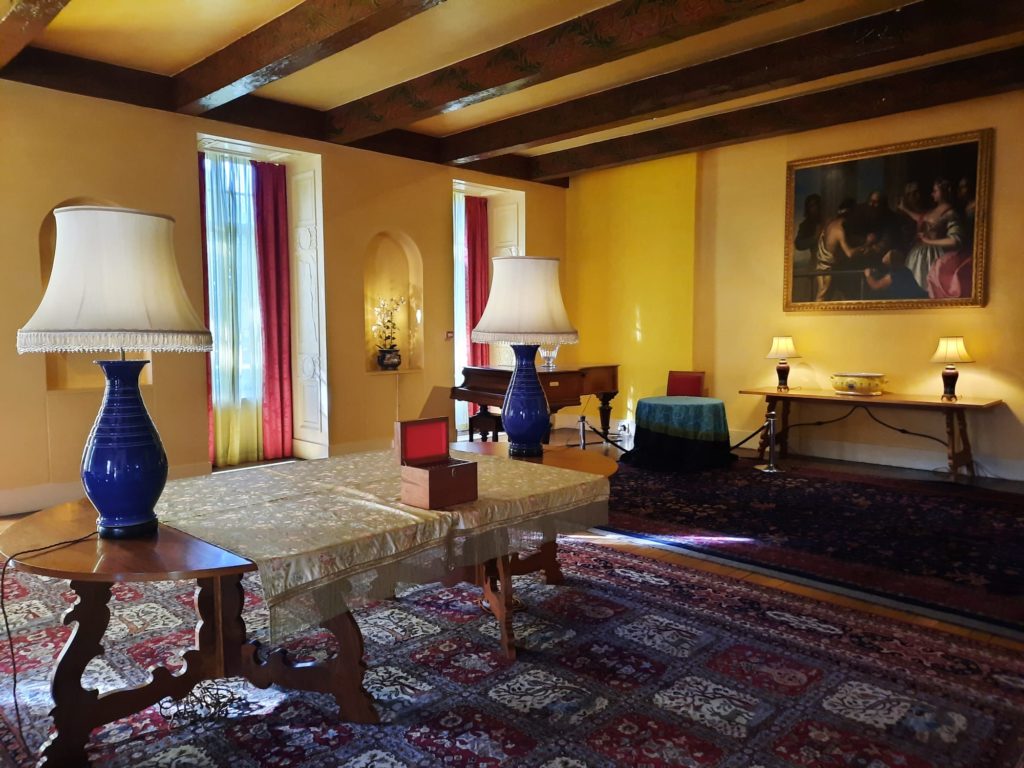
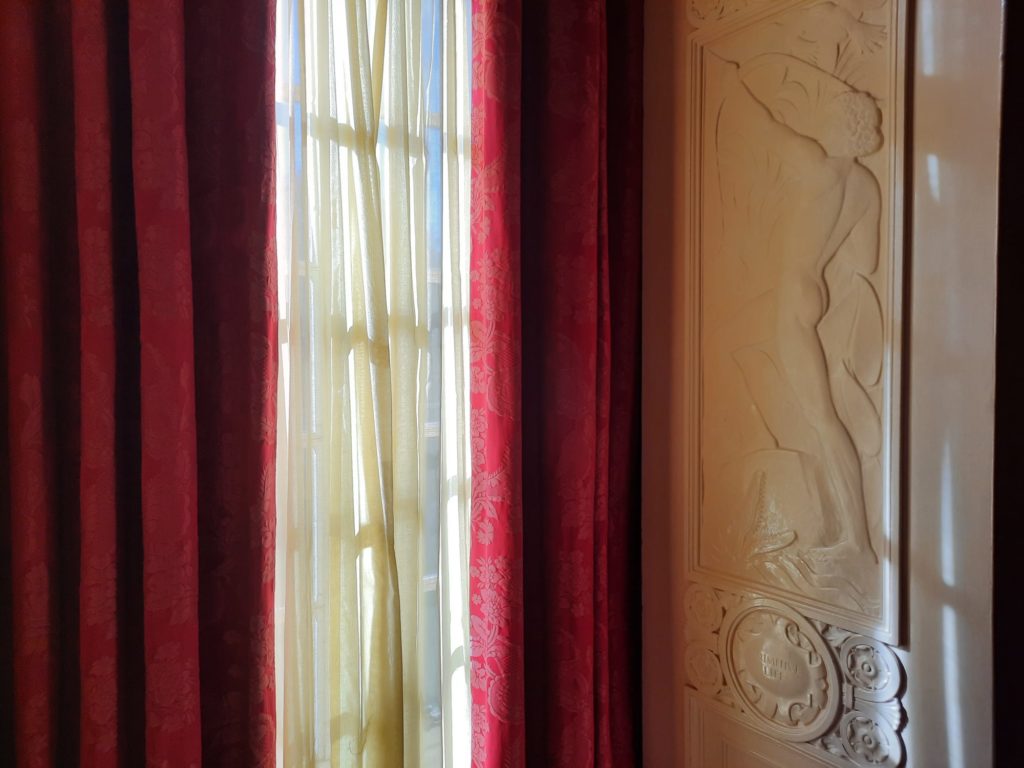
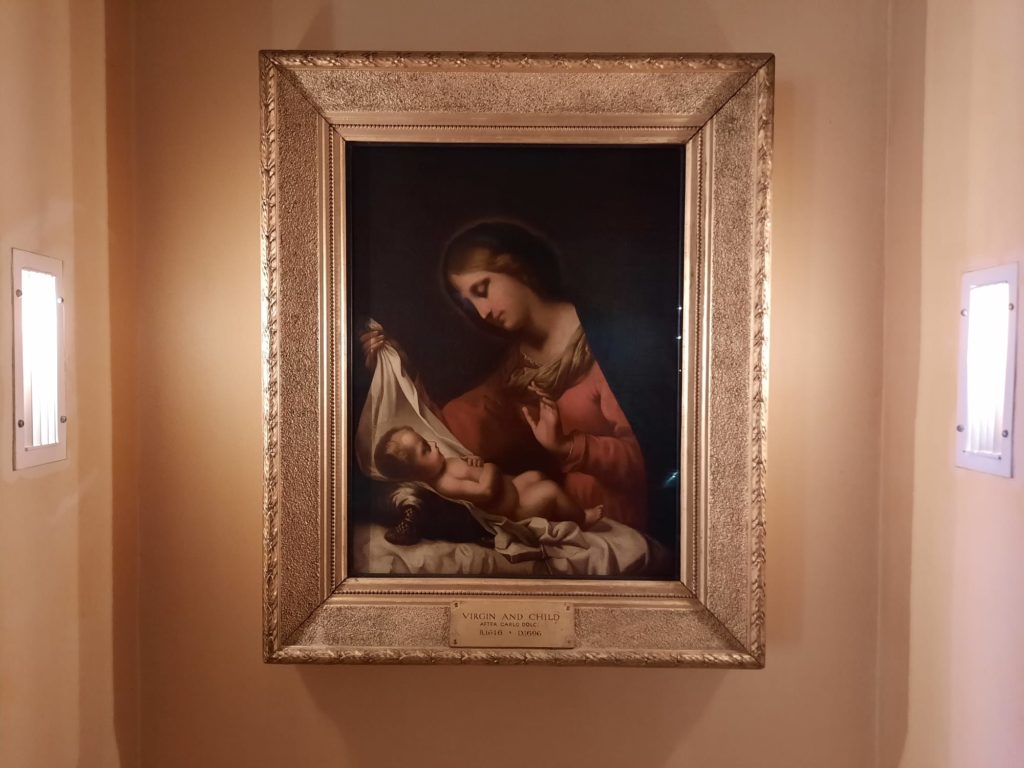
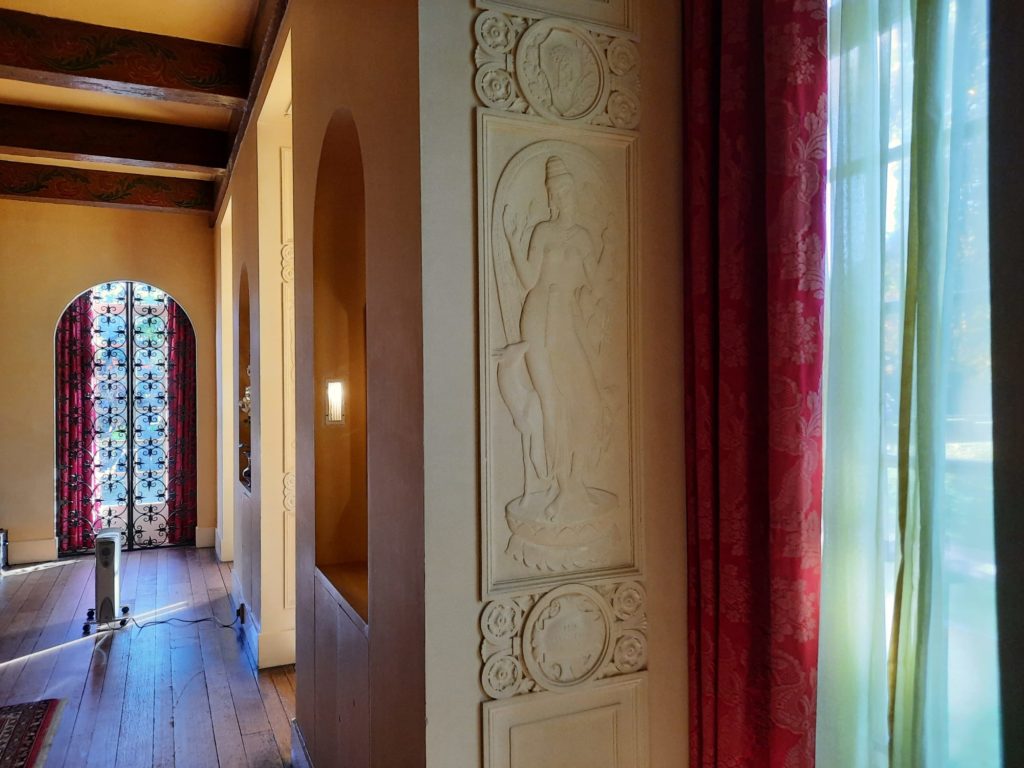
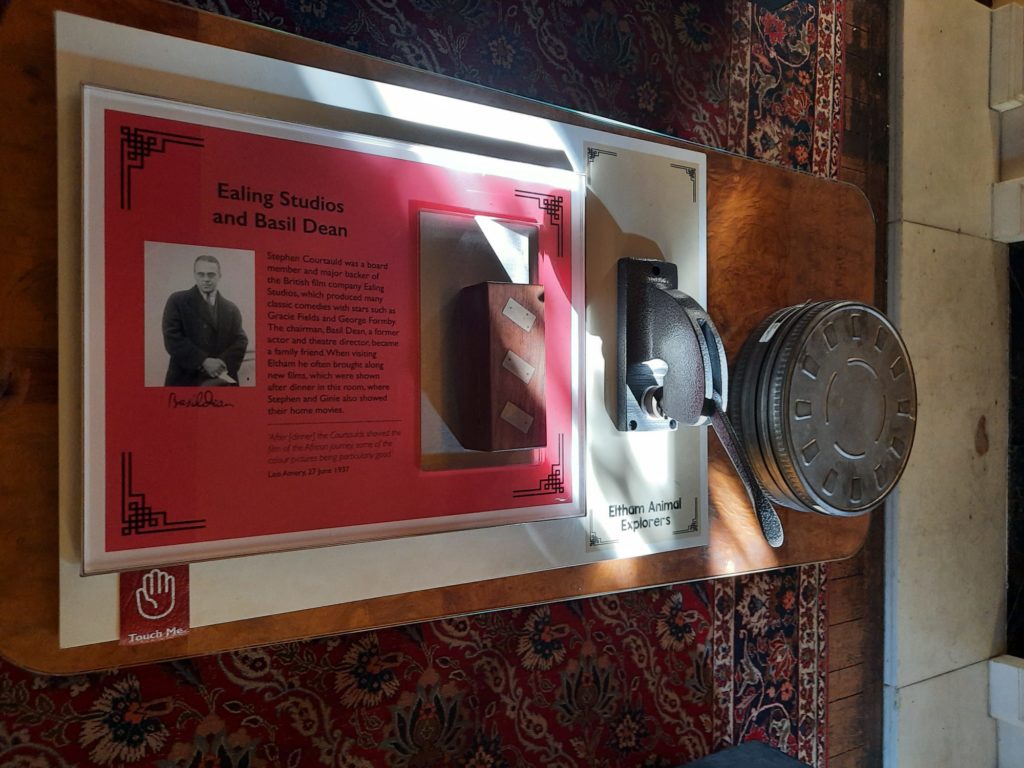
Eltham Palace: A Short History
Like many royal palaces, Eltham Palace was initially gifted to the Crown. In this case it was by Antony Bek, Bishop of Durham and Patriarch of Jerusalem. And the lucky royal benefactor was Edward II, in 1305. When you think about it, there really were a lot of royal residences back then. There are a lot now, too (Buckingham Palace, Holyrood, Sandringham, Kensington Palace, St. James’ Palace etc.), but there was once also Greenwich Palace, the Palace of Westminster, and Eltham Palace to name just the ones off the top of my head. Not a bad selection.
But anyway, Eltham Palace was actually quite well used by the Royal Family. It was a popular spot for Christmas celebrations, and also for the royal children to live at. Henry VIII and his siblings lived here, for instance, and the young Henry met the famous scholar Erasmus here. The only Byzantine Empire to ever visit England, Manuel II Palaiologos, was also hosted here. A joust was given in his honour in 1401, and a series of letters commemorating (and probably read at) the event still exist. The Great Hall, of which more later, was built in the 1470s by Edward IV.
The rebuilding of Greenwich Palace, given that it was on the Thames and therefore easier to reach than Eltham, saw the latter fall slightly out of royal favour. It was still a favoured spot for hunting though, as it had large, enclosed deer parks.

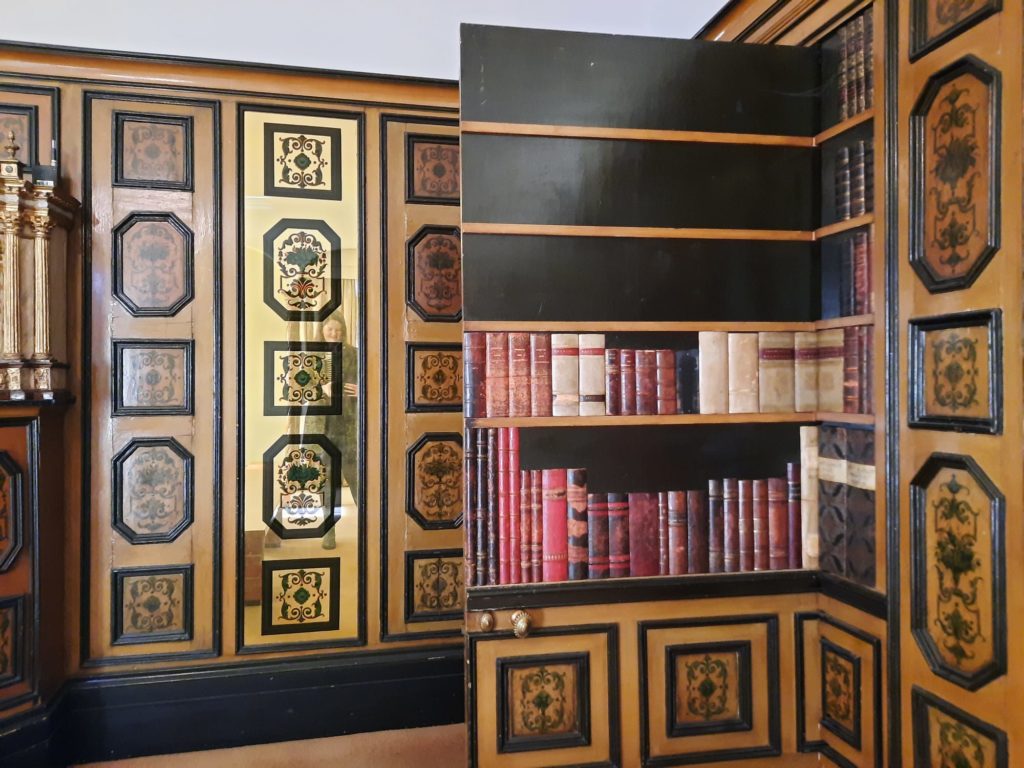
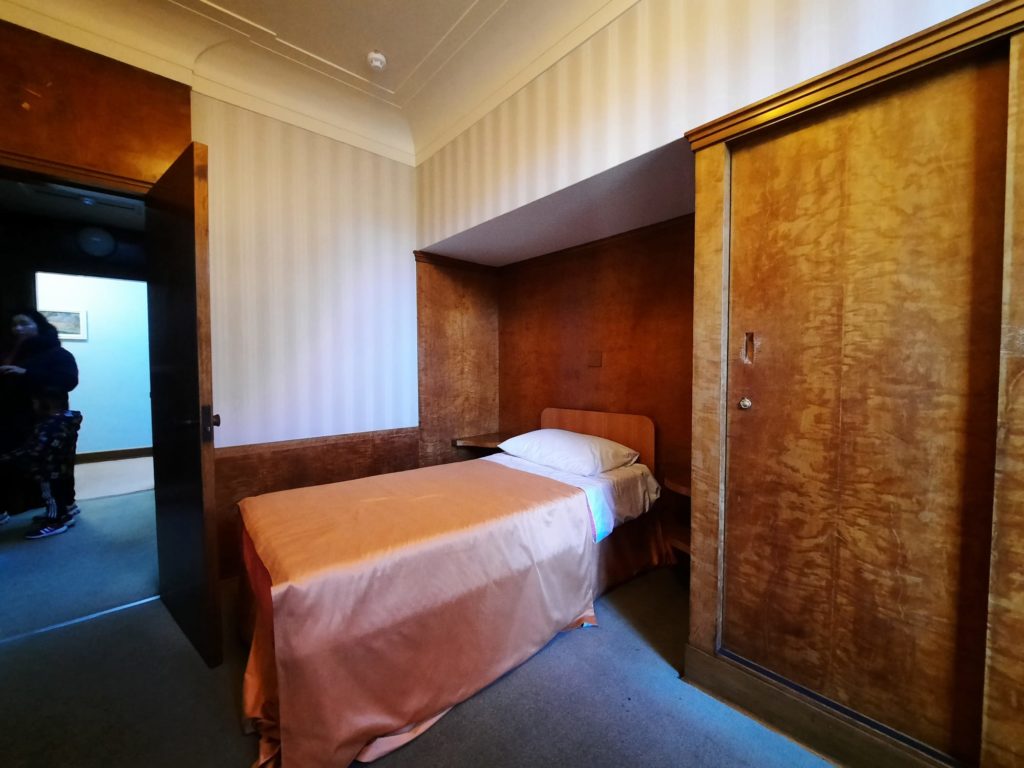
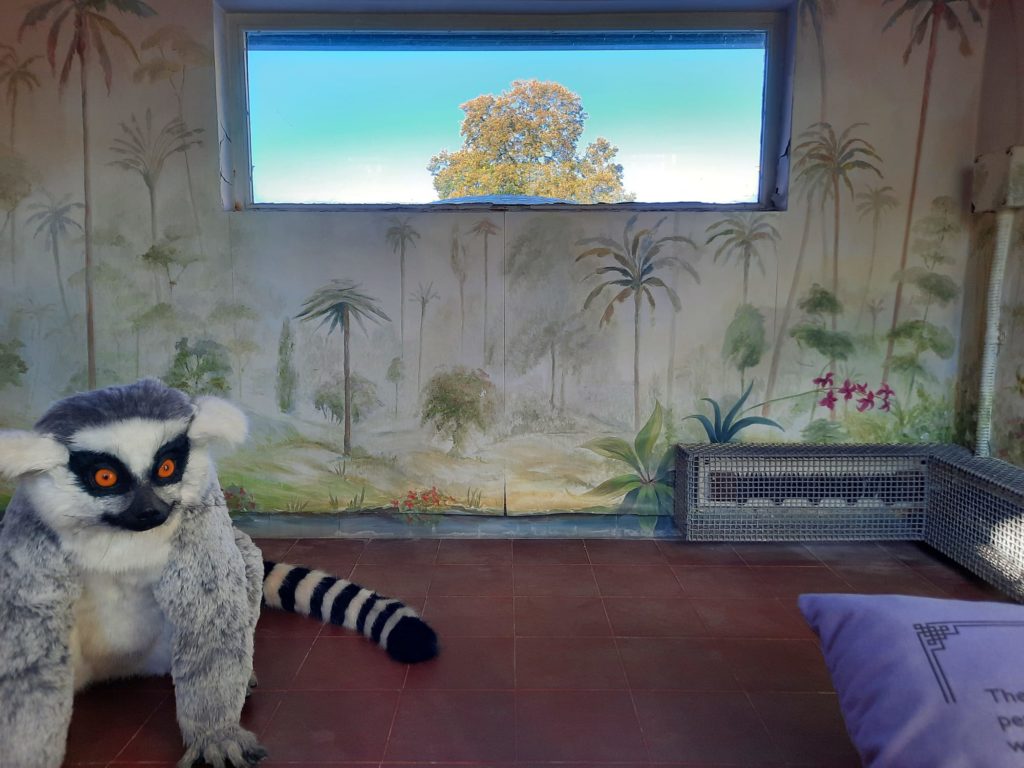
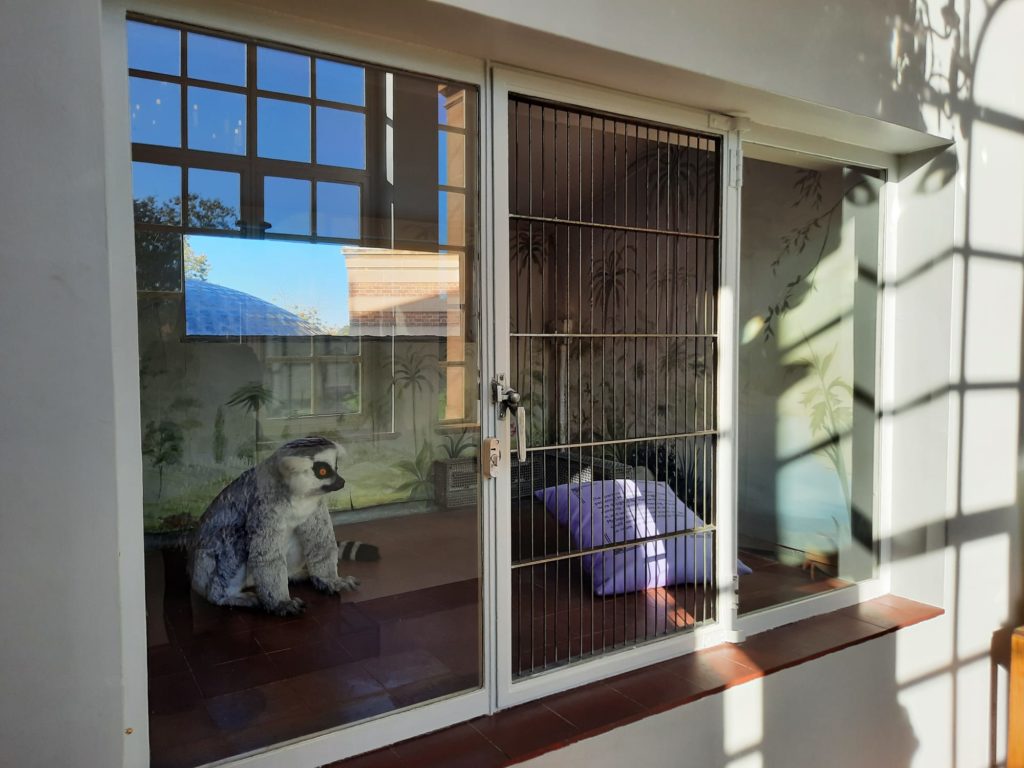
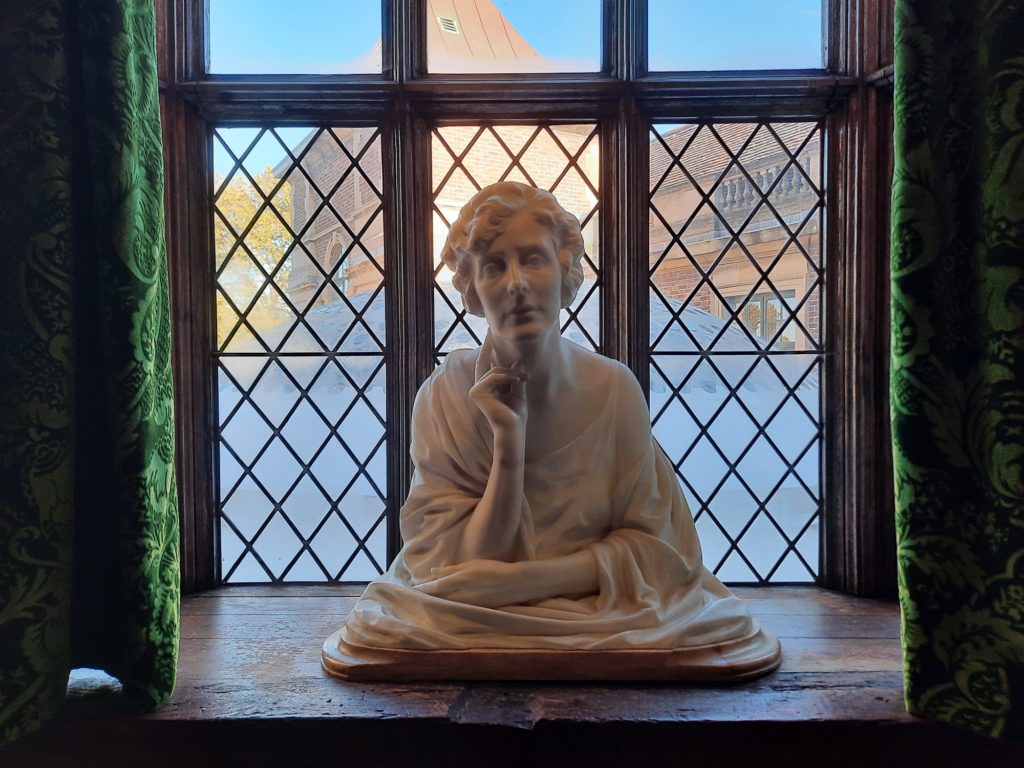
A Long Decline Before An Unusual Restoration
It was the English Civil War which really did it for Eltham Palace. By the early 1600s it was no longer really used as a royal residence. In the 1630s, Sir Anthony Van Dyck was given the use of rooms at Eltham Palace as a country retreat. But in the 1640s during the Civil War, the trees and deer were destroyed (perhaps we can be hopeful the deer moved on with no trees?) and the palace’s remaining function within the royal property portfolio thus negated. John Evelyn said in 1656: “Went to see his Majesty’s house at Eltham; both the palace and chapel in miserable ruins, the noble wood and park destroyed by Rich the rebel“.
And thus it remained for a very long time. Charles II gave Eltham Palace to John Shaw, creating the Best-Shaw Baronetcy at Eltham. But only the Great Hall, the former buttery, the bridge across the moat and some walls remained. Some royal gift that was! It remained with Shaw’s descendants until the late 1800s.
And then in the 1930s Eltham Palace’s fortunes suddenly reversed. Stephen Courtauld and his wife Virginia (Ginie) took out a 99-year lease. They commissioned architects to carry out a bold rebuilding plan, marrying the Great Hall with a modern house in Art Deco style. They also substantially remodelled the house and gardens. Although the Courtaulds only lived here until 1944, and Eltham Palace spent longer as home to the Royal Army Educational Corps (or now in the care of English Heritage), it is the Courtaulds’ home we see today.
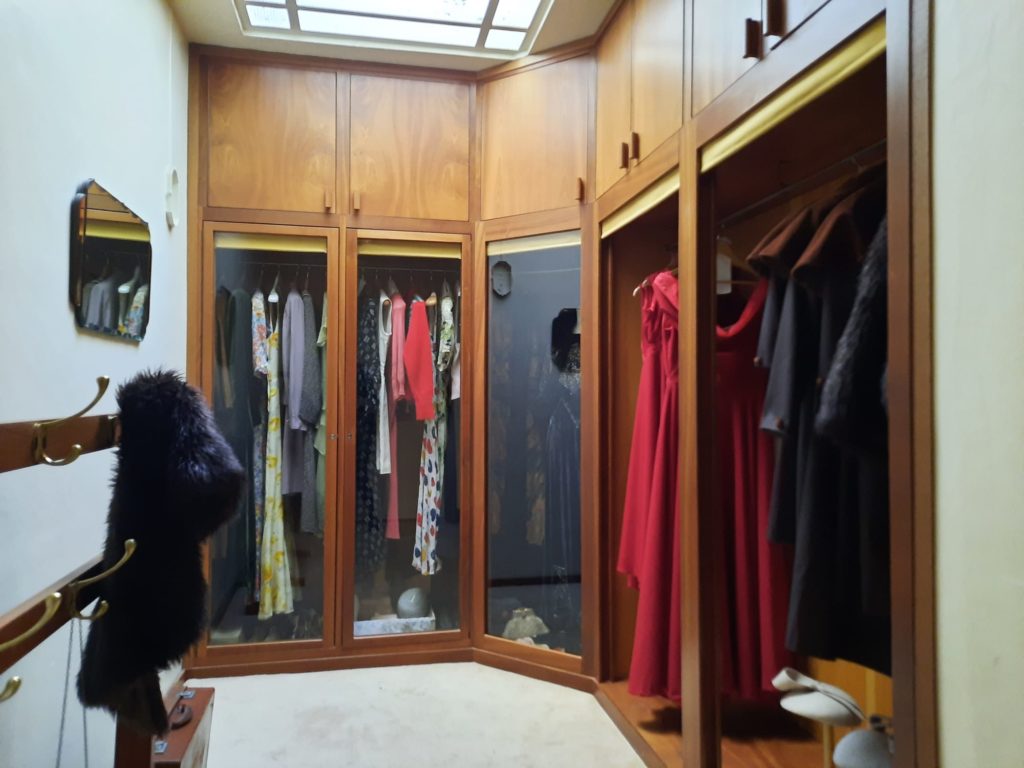
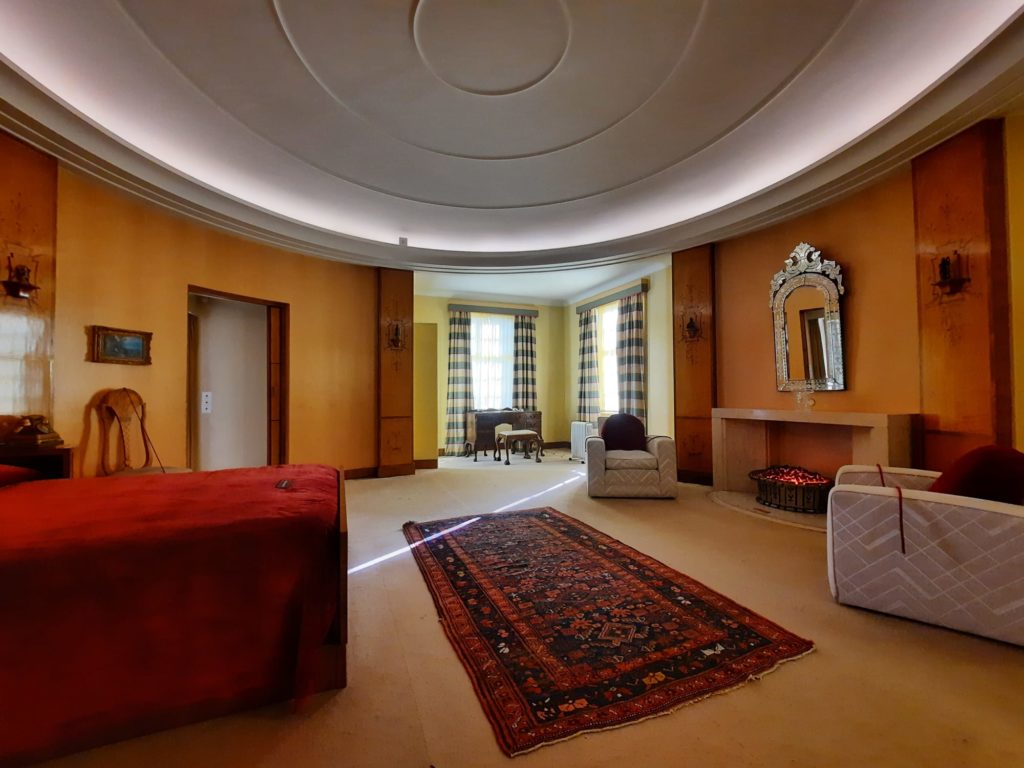
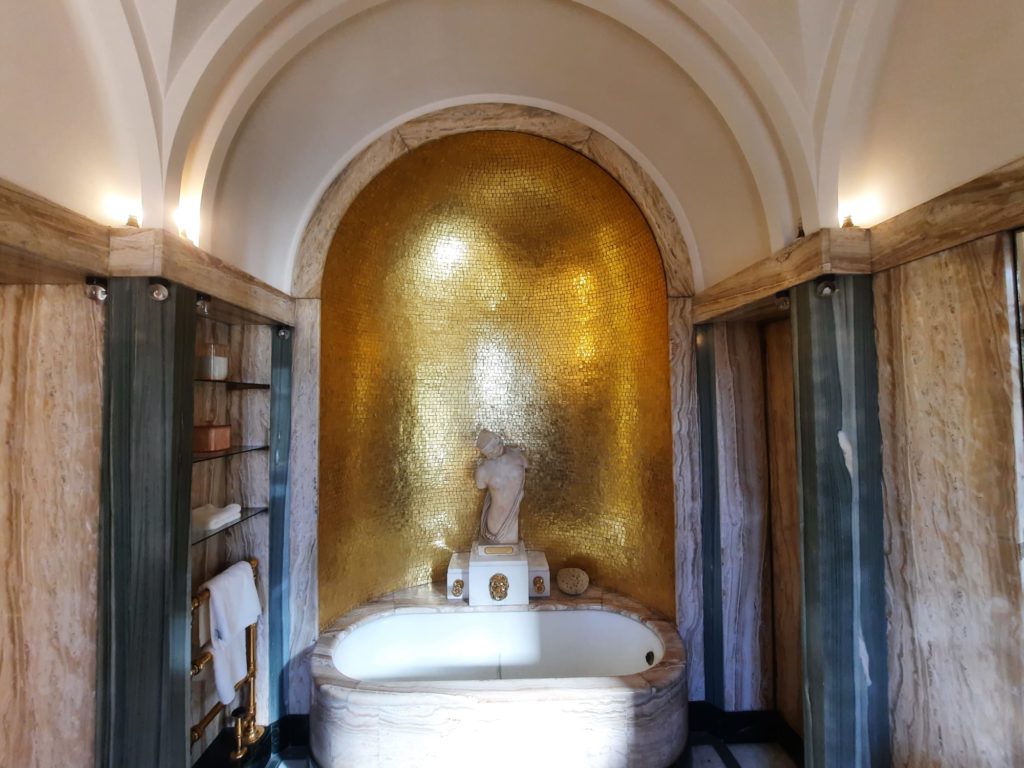
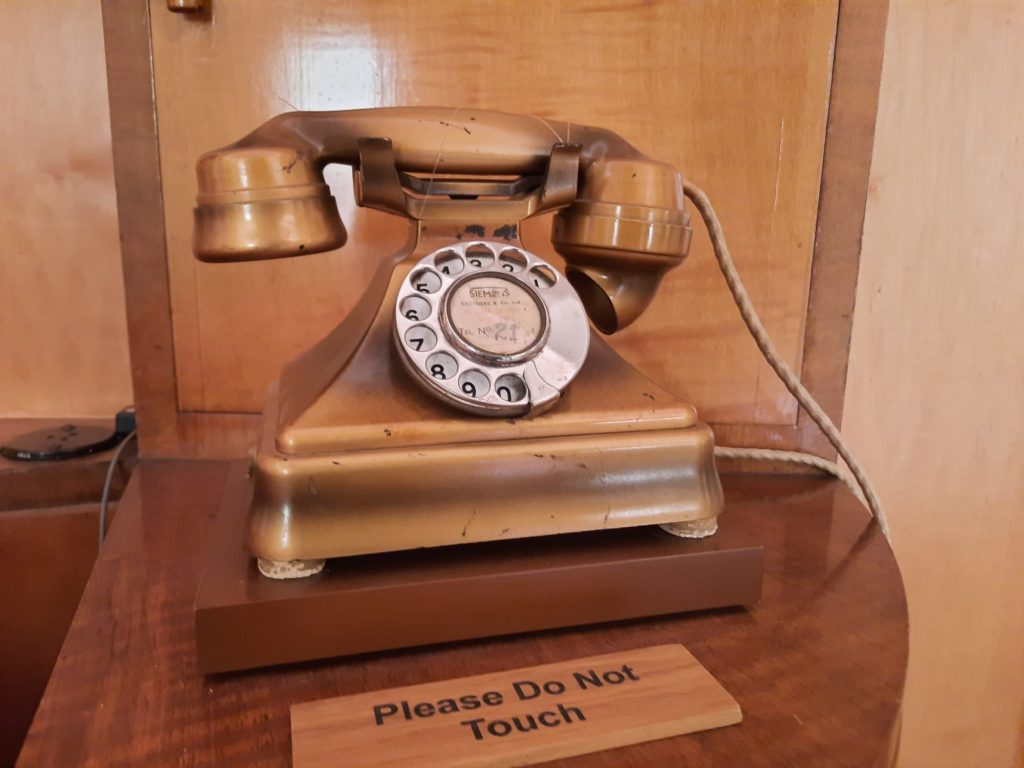
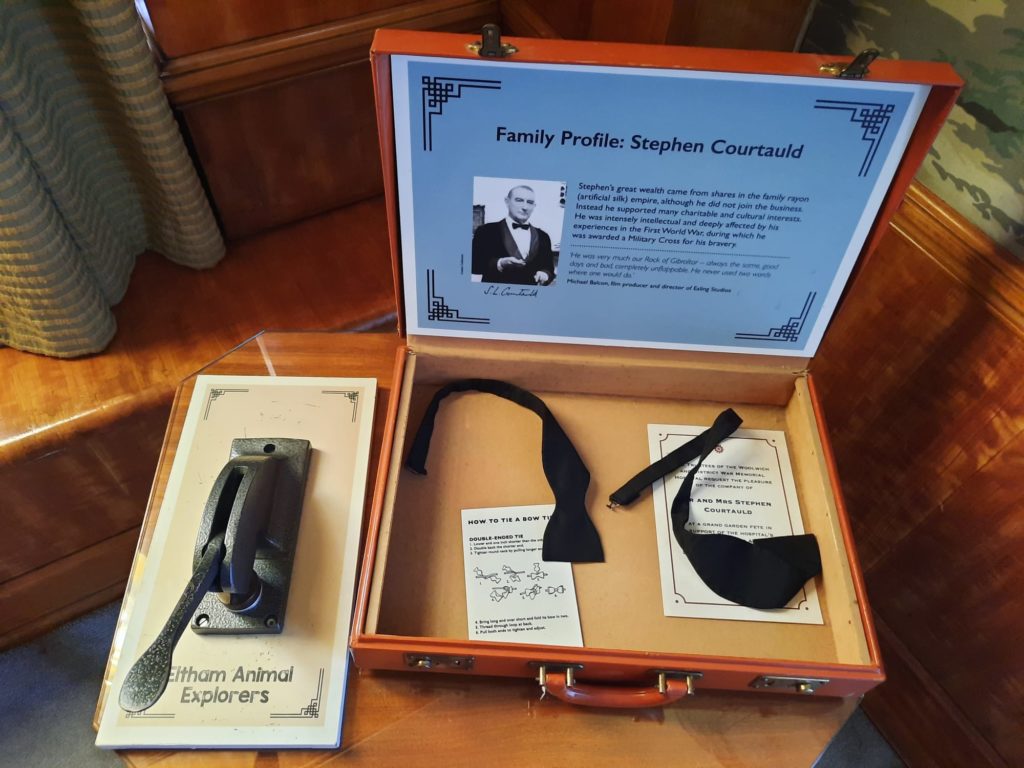
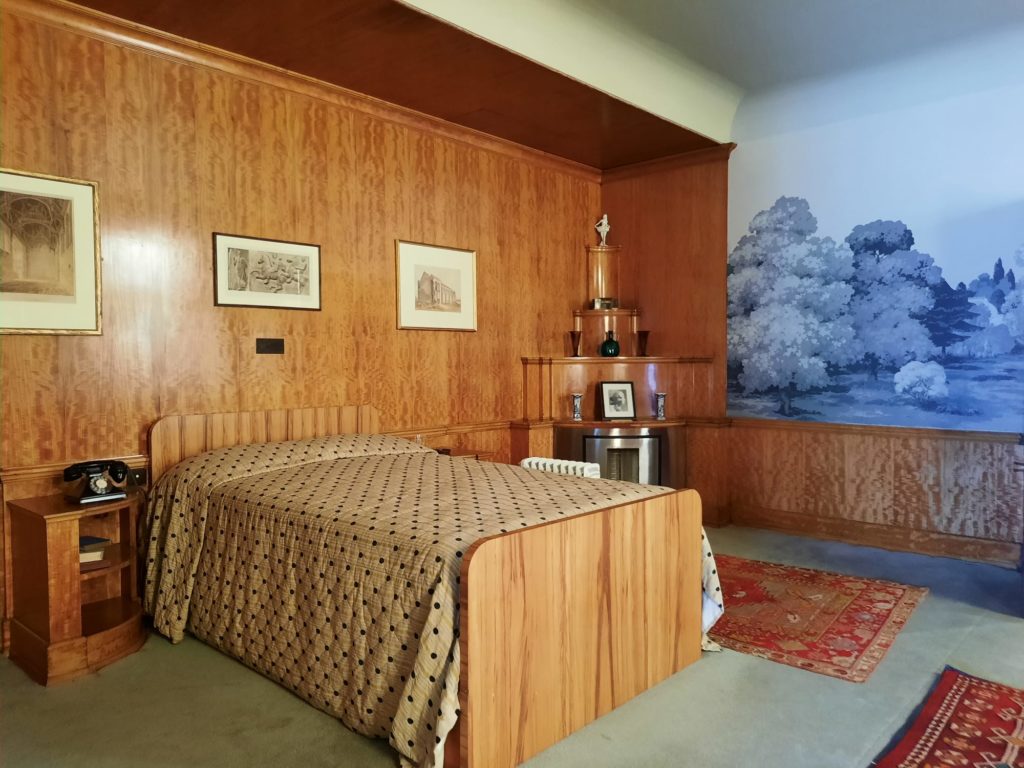
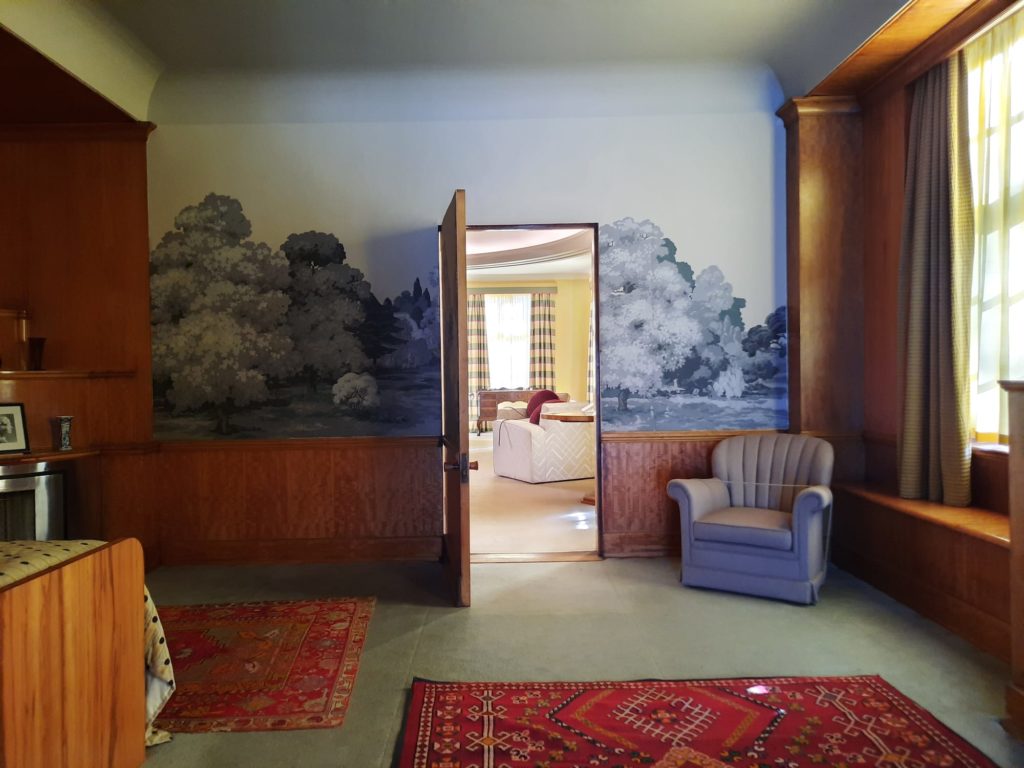
At Home With The Courtaulds
But just who were the Courtaulds? You might recognise the name: we have visited the Courtauld Gallery often enough. Stephen Courtauld was the brother of Samuel Courtauld, the art collector and founder of the Courtauld Institute. The family made their money in the textile business. Founded in 1794 as a silk, crepe and textile company, Courtauld was at one point the world’s leading man-made fibre production company. Given how much art the one brother amassed, and this impressive refit of a dilapidated palace by the other brother, it’s evident there was a lot of money in rayon.
Stephen Courtauld didn’t enter the family business – there was enough family wealth for him to set up as a traveller and philanthropist. Born in 1883, he served in the Artists’ Rifles and Machine Gun Corps in WWI. He was also an avid mountaineer, summiting Mont Blanc shortly afterwards in 1919. He married Countess Virginia Spinola (née Peirano) in 1923.
They seem to have been a slightly eccentric couple in the British tradition. Although it was built in the 1930s so after the period of the ‘Bright Young Things’, Eltham Palace gives off an air of that sort of lifestyle: decadence, entertaining, and the best of everything. There were plenty of guest rooms, the medieval Great Hall in which to throw wonderful parties, a swimming pool in the garden, and all mod cons. There was even a pet lemur, Mah-Jongg, who had the run of the place.
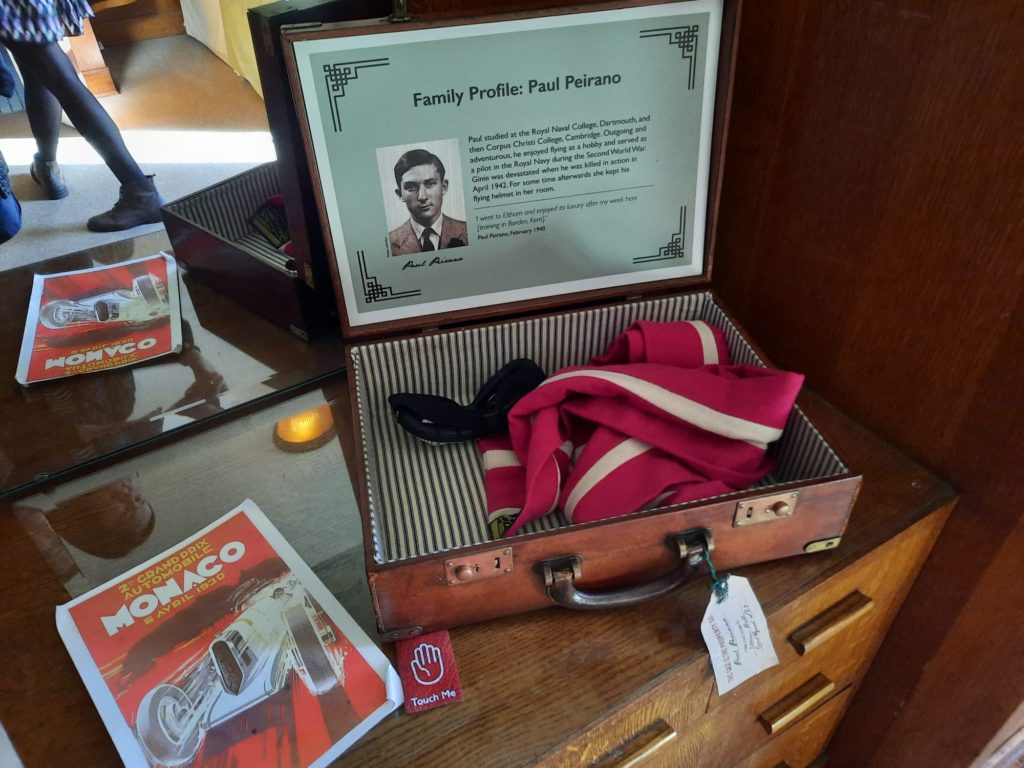
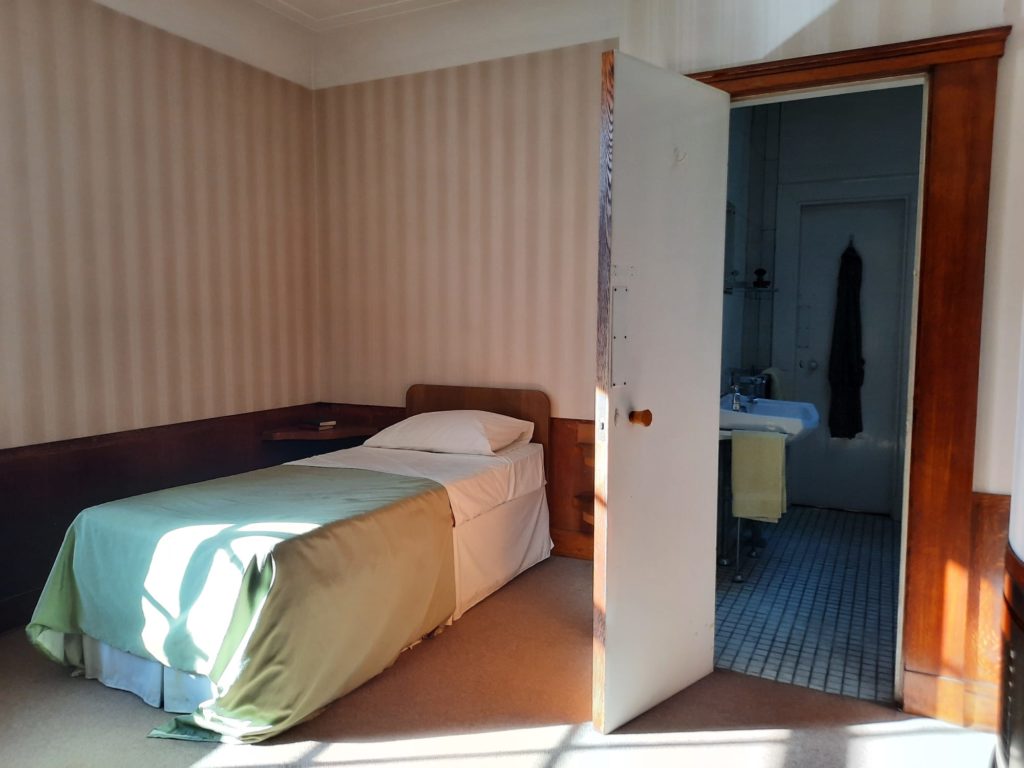
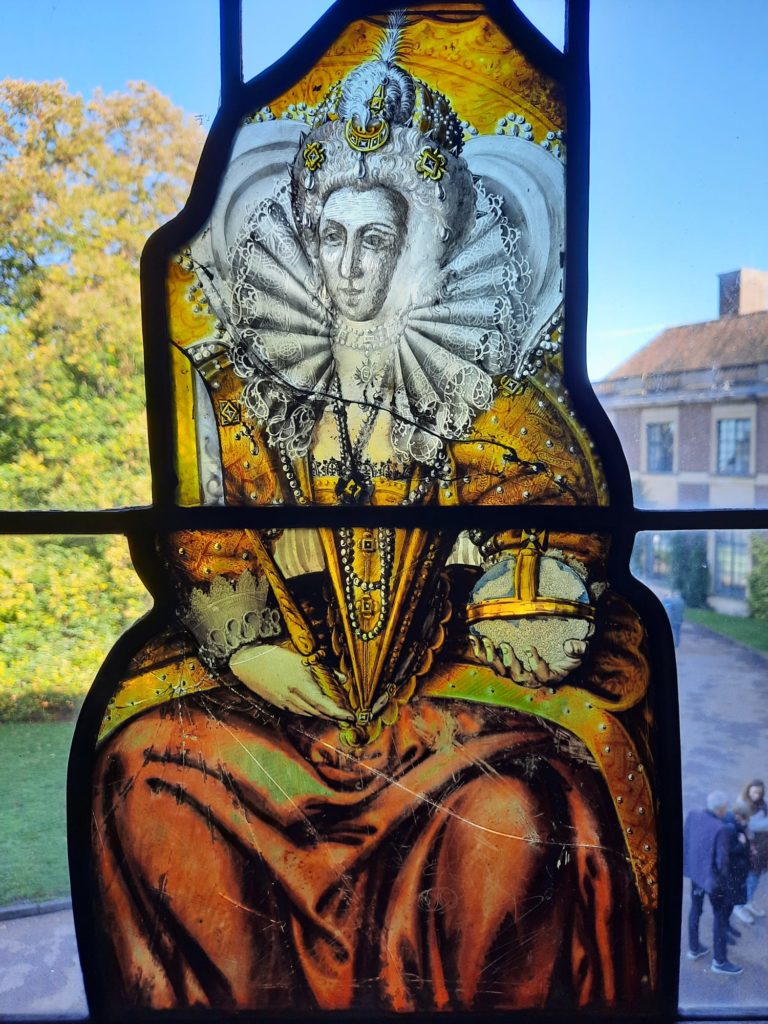
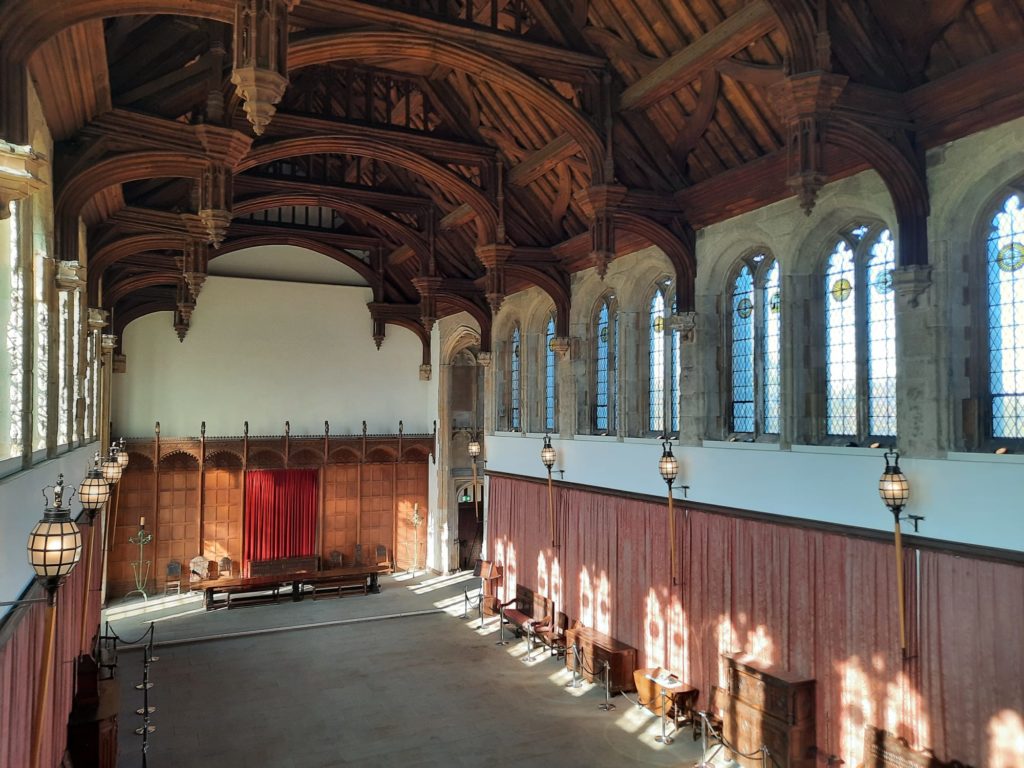
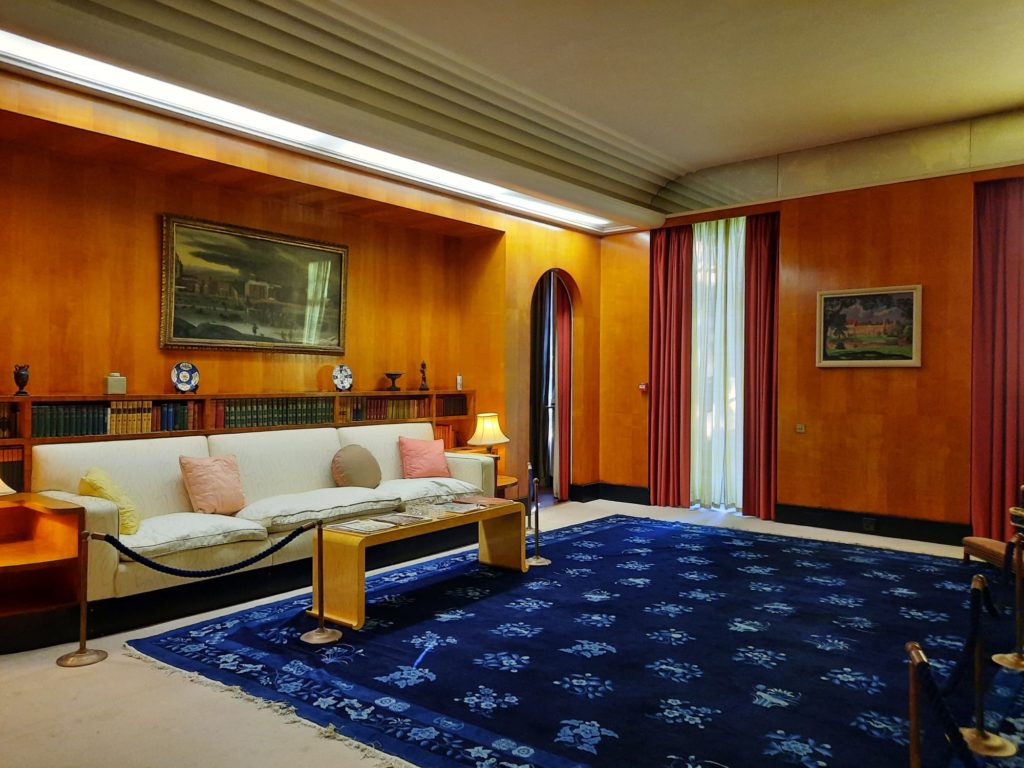
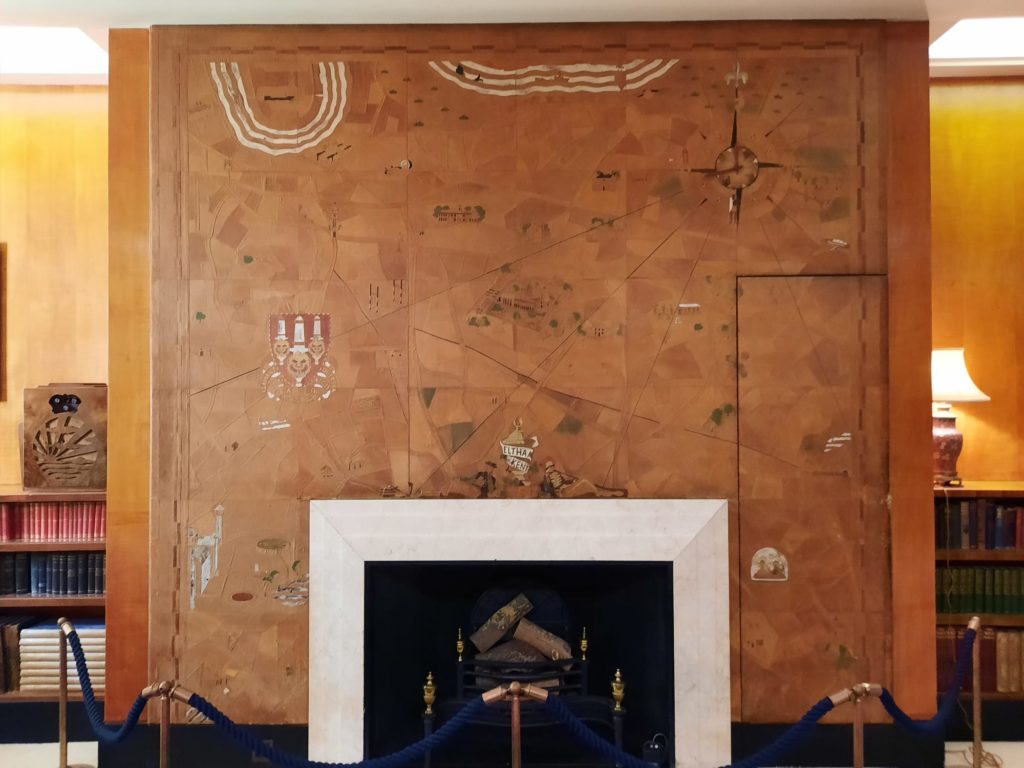
Merging Old And New
The most remarkable thing about Eltham Palace is the merging of two very distinct architectures. The Courtaulds did not even attempt to create a home that looked back to the remaining medieval fragments of the palace, but went in a completely different direction instead. To be fair, architects Seely & Paget did tinker with the Great Hall, adding for instance a ‘minstrels’ gallery’ where musicians would play music during parties. But otherwise the rest of Eltham Palace was sleek and modern.
It starts in the entrance foyer. It’s a bold, circular, apparently Swedish design, with medievalist marquetry designs the only nod to the old. The dining room is said to be Eltham’s most authentic Art Deco space, with black and gold decoration, wood panelling, sleek furniture and a decorative scheme of exotic animals. Eltham has some of the UK’s first built-in furniture, a remarkable leather-panelled sitting room, and a wonderful study in which Stephen Courtauld worked.
It was also a very modern home. That wonderful foyer has a telephone nook. Many of the building materials were those sort of innovative ones that were then powering us into the modern age: Novolux concrete, Vitroline glass. There was a built-in central vacuum cleaner. And clocks which always told the right time, set by an electric pulse straight from Greenwich.
This solution to ‘restoring’ an older structure was not without its controversies. The Ministry of Works wasn’t thrilled with the Courtaulds’ designs. It stamps an indelibly 20th Century mark on what is barely a royal palace any longer. But it’s certainly unique. And memorable.
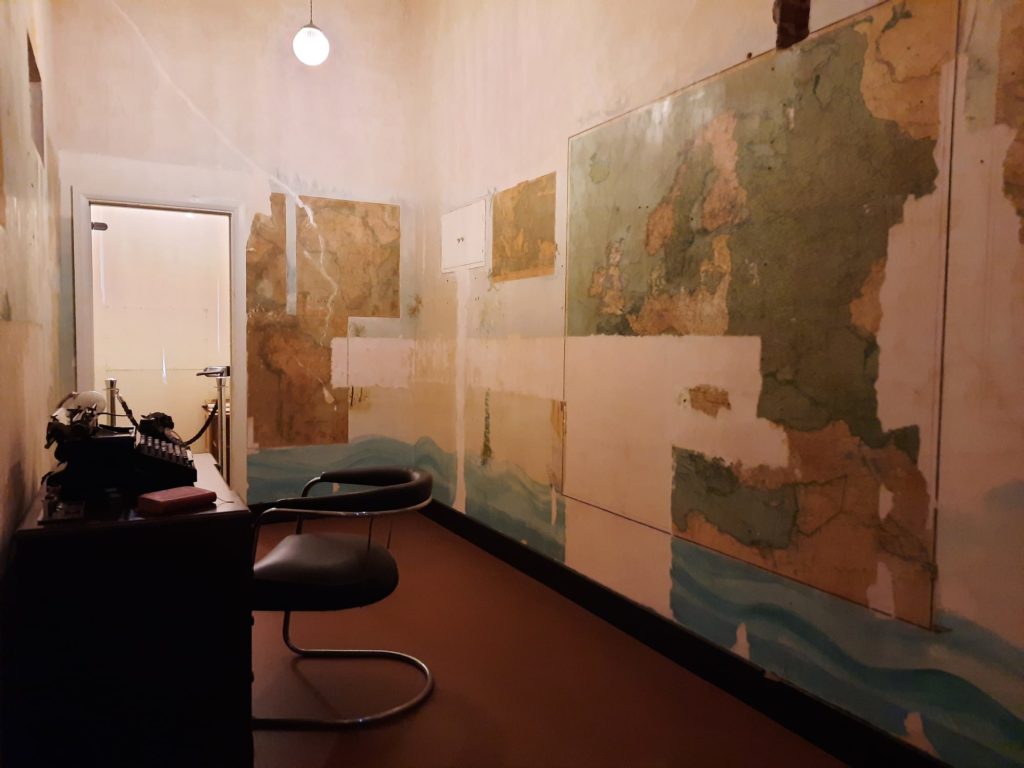
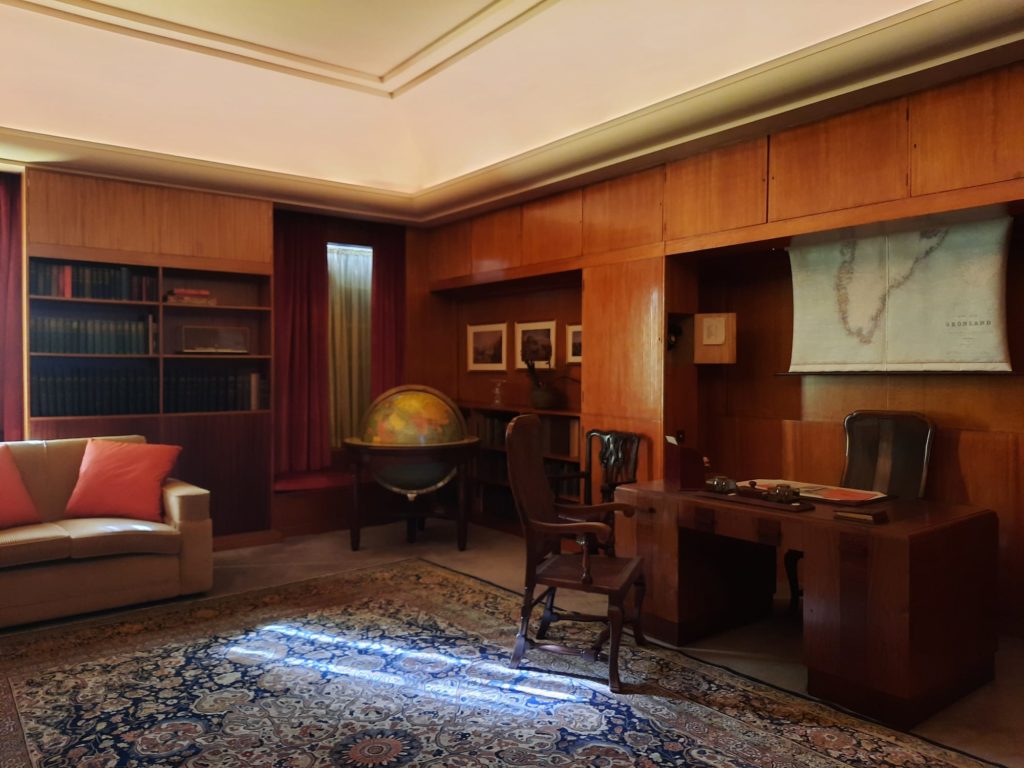
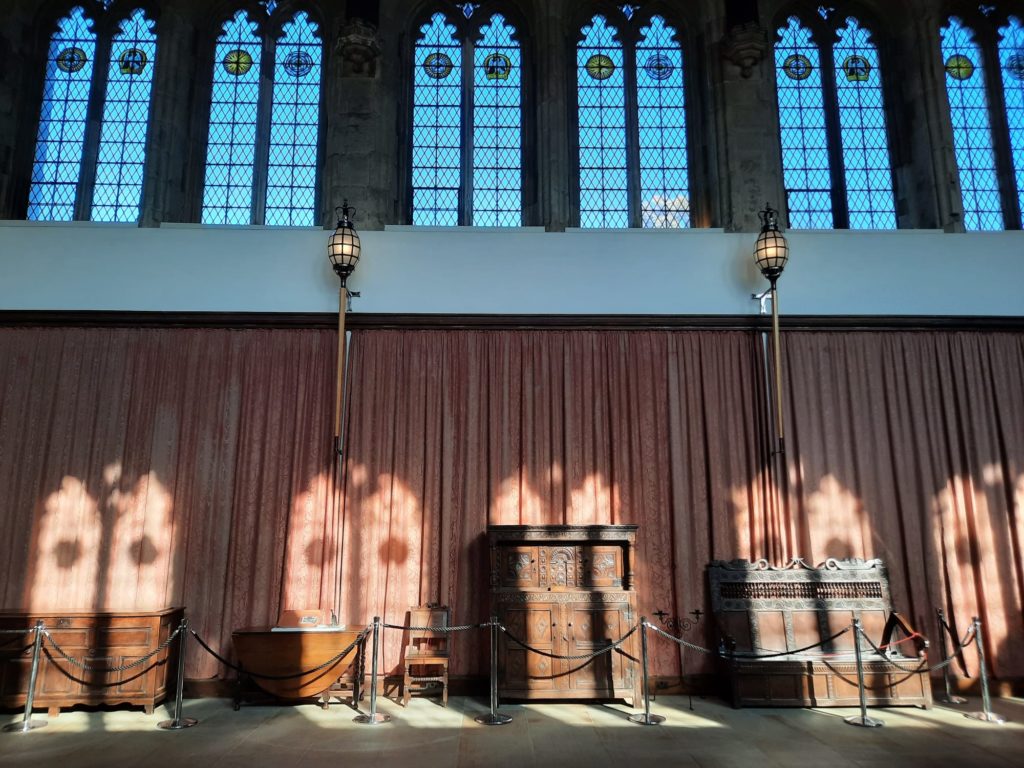
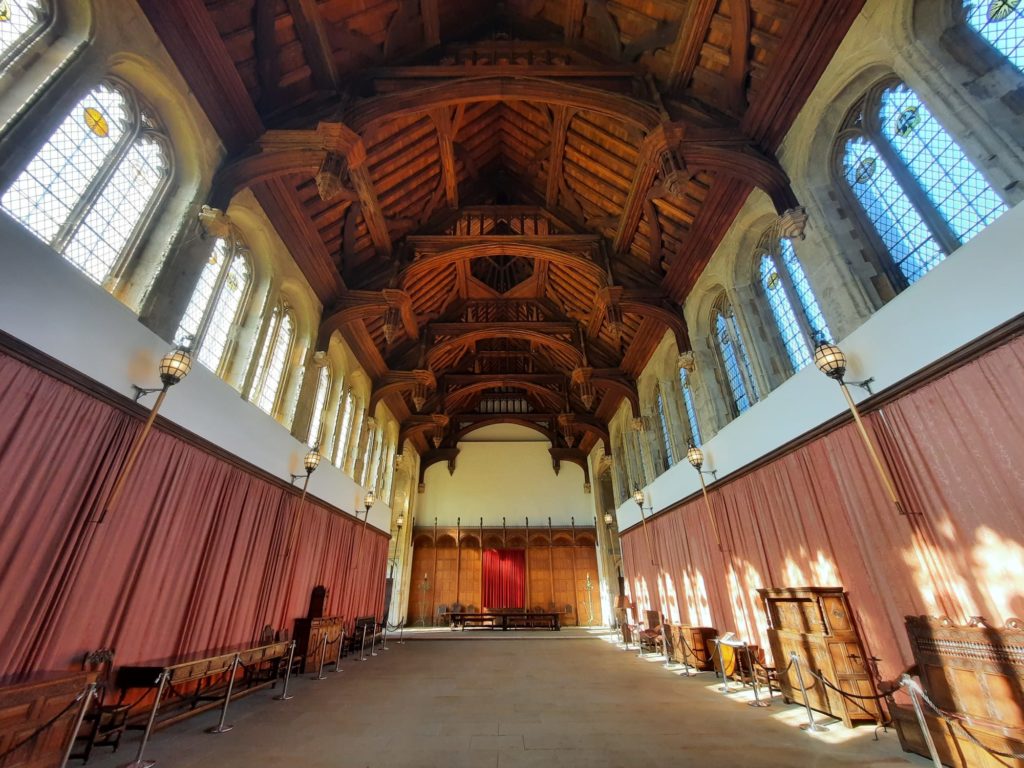
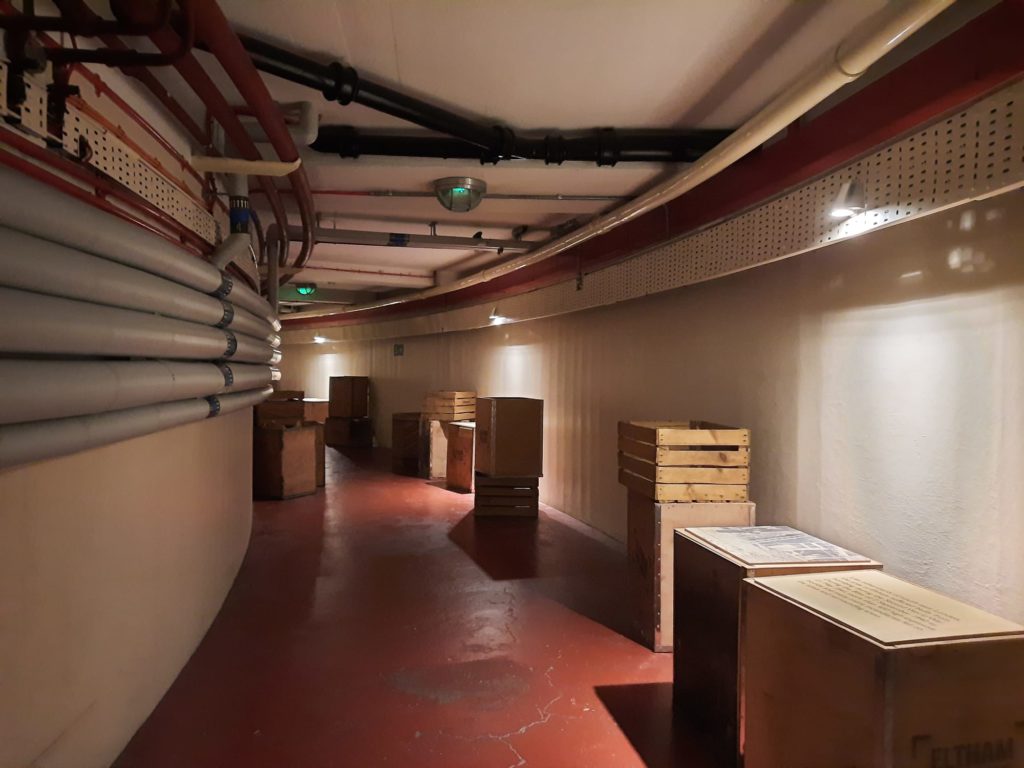
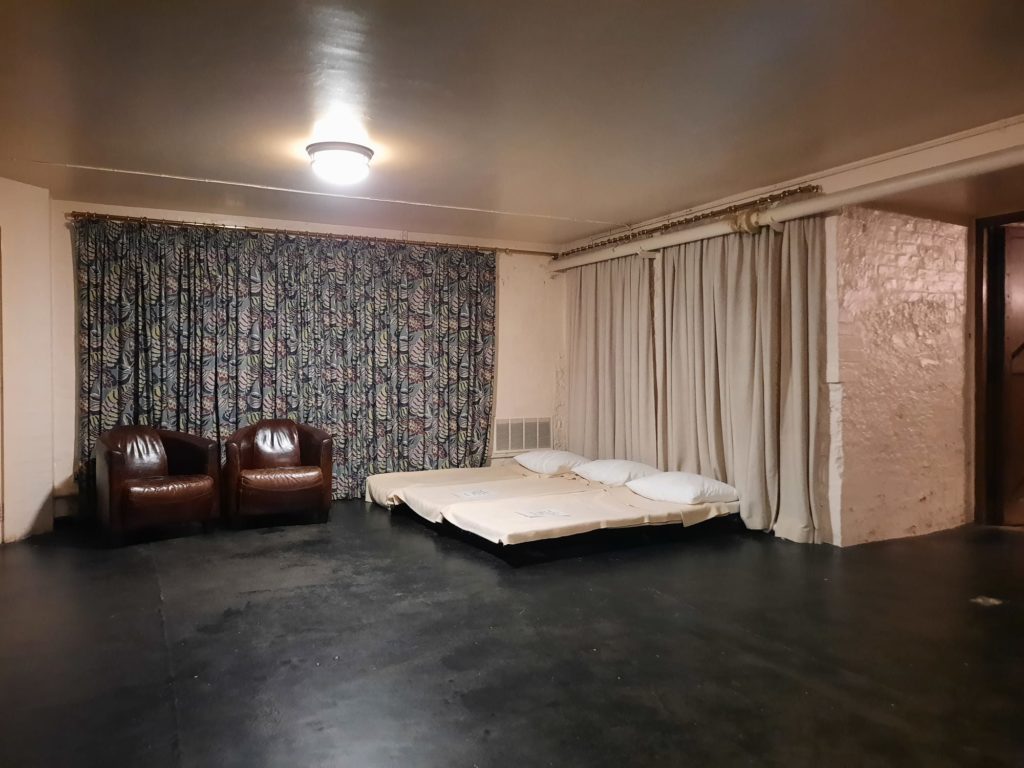
A Few Highlights
What I enjoyed most about Eltham Palace was its ambiance of comfortable leisure. It’s evident that the house was somewhere designed to spend time in, relaxing and entertaining. It’s not the sort of place that people with busy jobs in London build, for instance. You can easily picture that sort of lifestyle that the wealthy used to enjoy, with visitors staying for weeks on end, tennis parties on the lawn, and cocktail hour in the Great Hall.
The entrance foyer is a definite highlight of Eltham Palace. Its circular design, skylight and sleek furniture immediately set the scene for the Art Deco house. The knights on either side of the front door are such a whimsical way to marry old and new. I also loved the upstairs starting point for the tour, with its false bookcase door and video recreating a soirée at the Courtaulds’.
And the basement was a surprising highlight as well. Partly this was because I had a good chat to a visitor host down here, about all the filming that’s been done at Eltham Palace over the years (I dare you to name an Art Deco interior that wasn’t in Poirot). But it also speaks to the wartime period and beyond. It’s a very serious basement, a good place to shelter during air raids and the household did just that. There’s also information on the Courtaulds’ role in local drives for this and that in aid of the war effort.
In 1944 Stephen and Virginia moved to Scotland, and later Southern Rhodesia, now Zimbabwe. They didn’t return to Eltham Palace, which instead housed the Royal Army Educational Corps until 1992. This later story is confined to the basement so it’s a good place to understand how this remarkable house was preserved in such original condition.
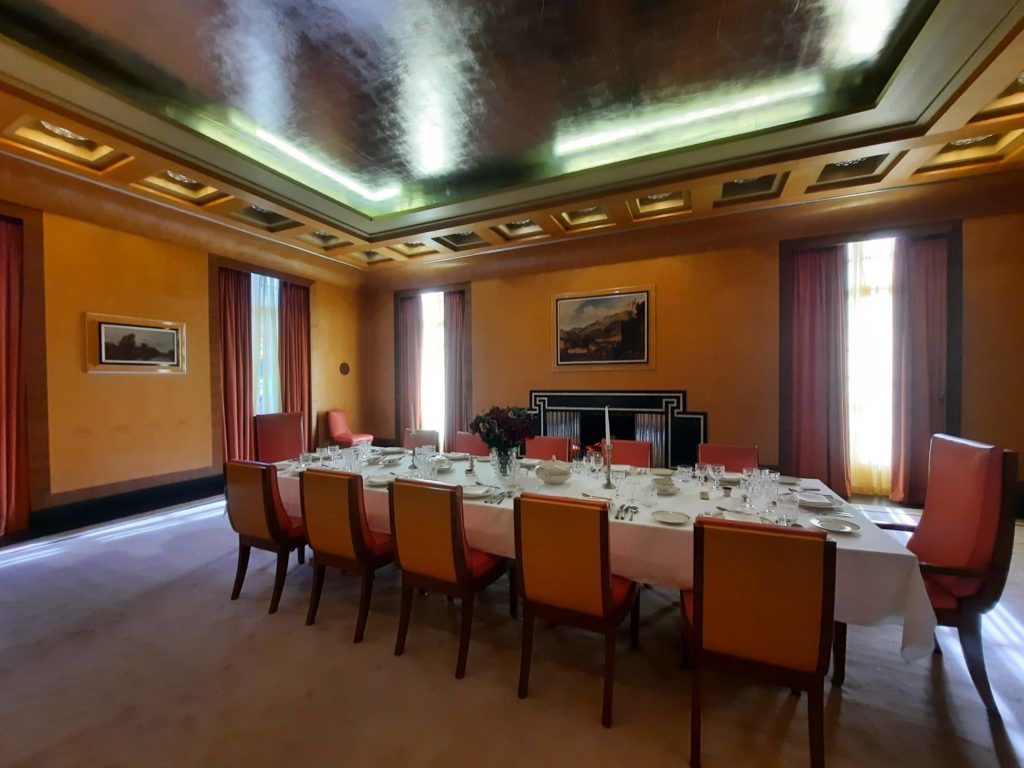
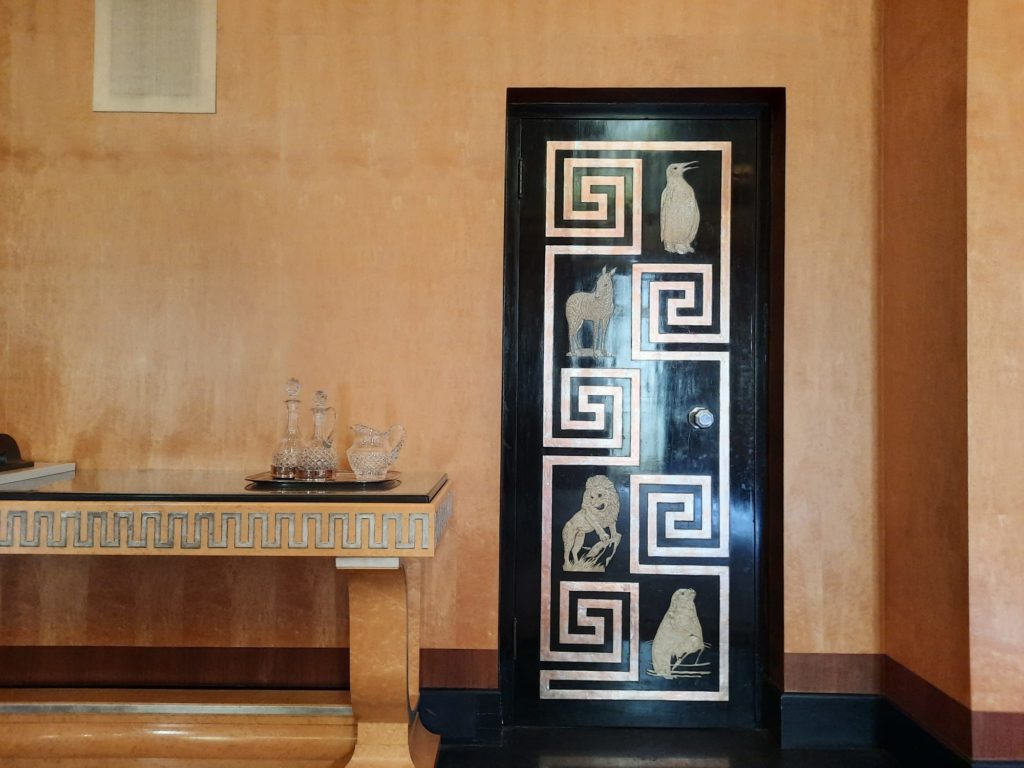
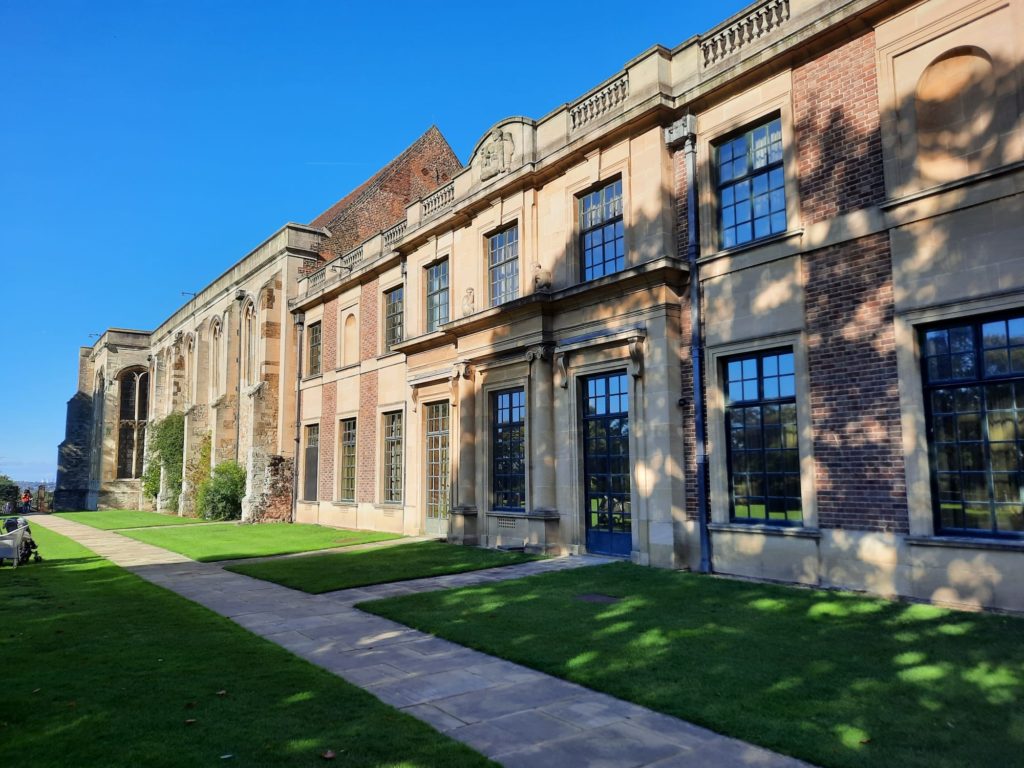
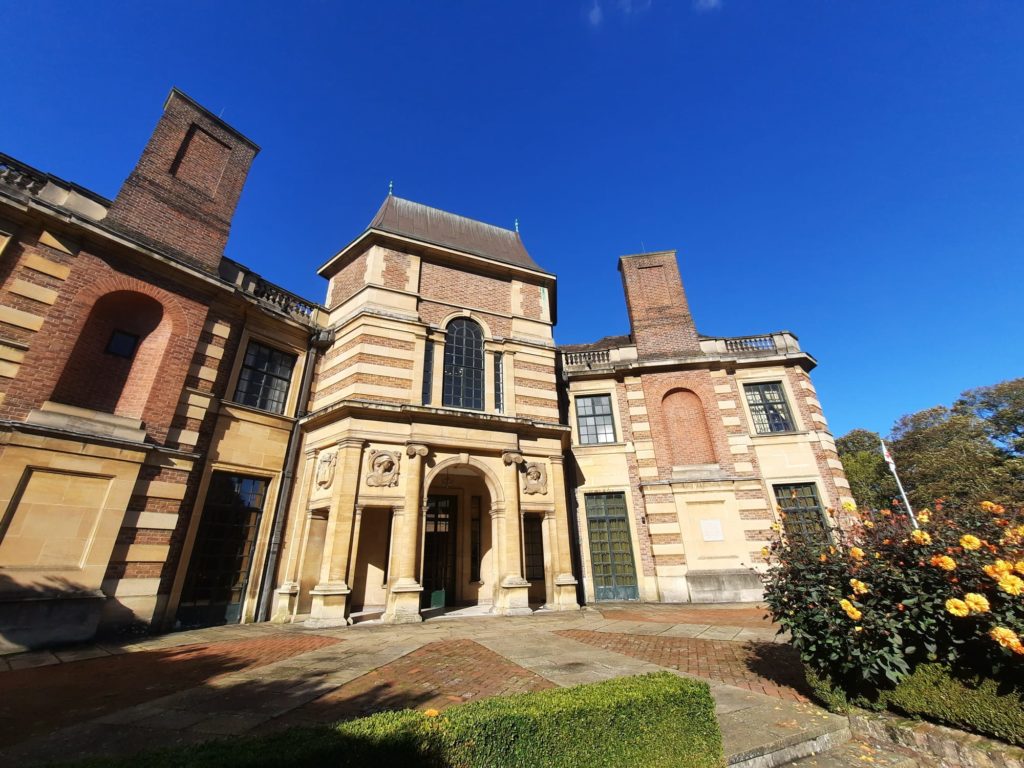
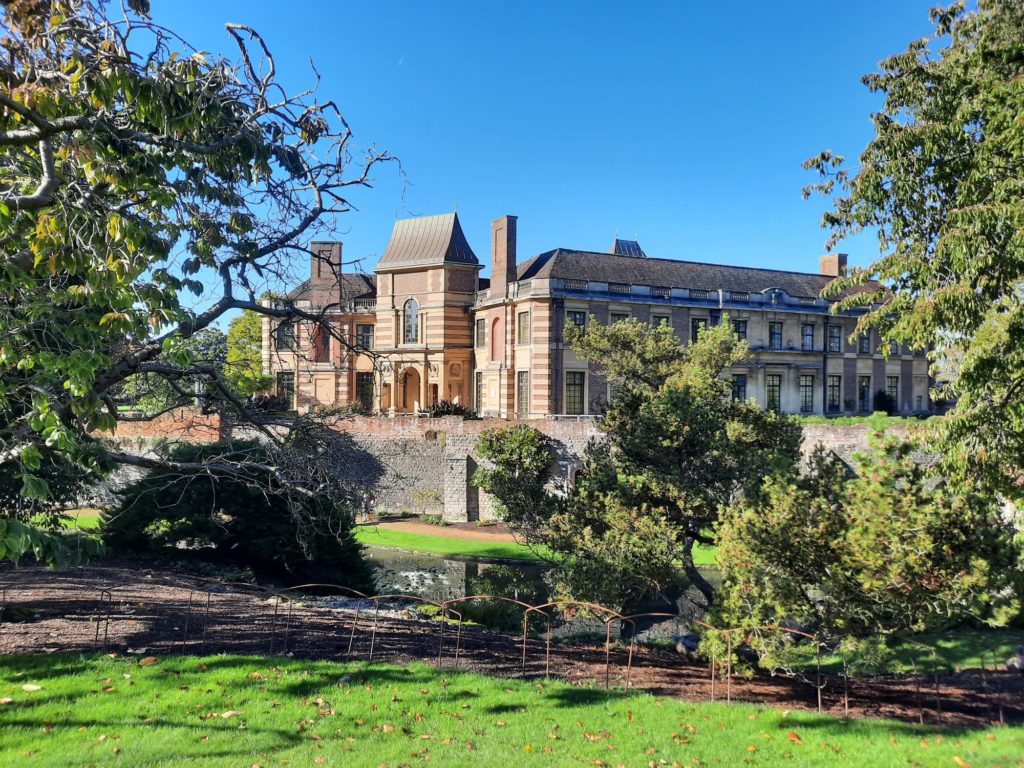
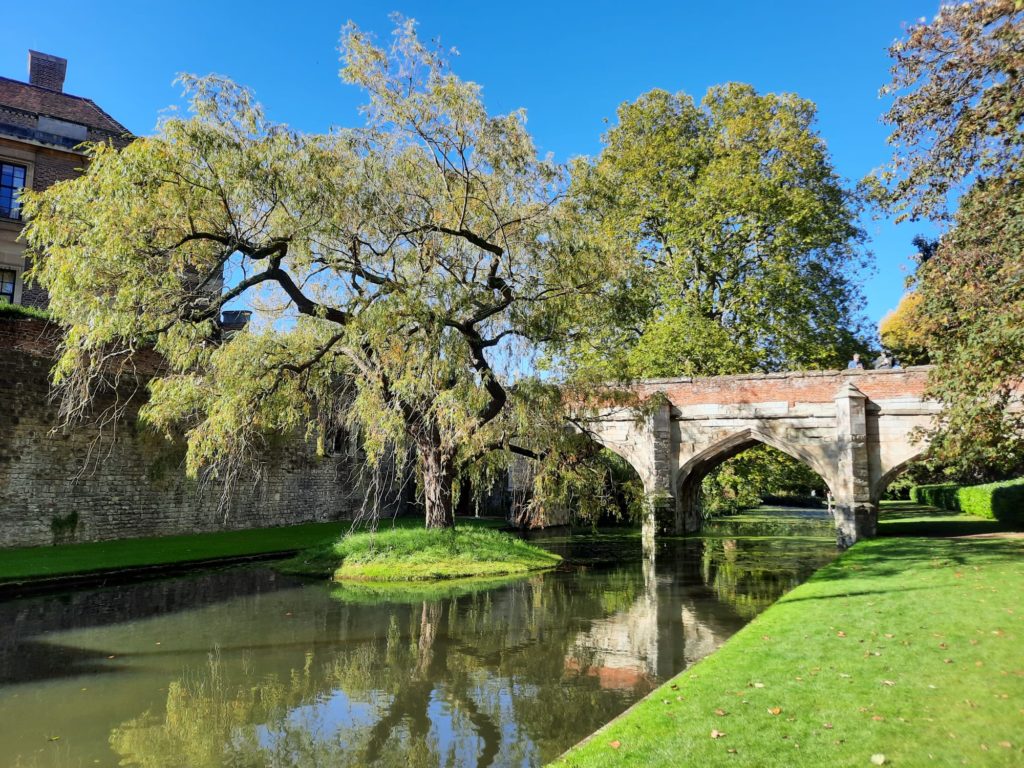
Visiting Eltham Palace
The visitor experience at Eltham Palace is very pleasant. It’s only a short walk from Eltham town centre or station. As you arrive, staff point you towards the separate visitor centre, shop and cafe where you purchase tickets. This has the benefit of keeping the house itself quite ‘clean’ and original. You have the option of an audio guide with your ticket, but my friend and I didn’t find it necessary to enjoy the house and gardens.
The rooms are furnished to their 1930s appearance. It’s a small detail but I did notice how relatively modest everything was for people of such means. A few of the bedrooms have single beds, and the rooms aren’t huge. Only Virginia with her walk-in wardrobe, golden bath and larger bedroom was really living it up.
The Great Hall comes in the middle of a tour of the house, and is a shock to the system, transporting you back to the Middle Ages with a reminder of Eltham’s royal roots. It’s a remarkable space, with its impressive hammer-beam roof.
And a tour of the gardens is a lovely finish on a pleasant day. Eltham Palace represents a rare survival of 1930s gardening fashion. The garden is organised into ‘rooms’, with a rock garden along one side of the house which makes the climate feel warmer than it is. I guess the Army didn’t bother remodelling a perfectly serviceable garden, thus ensuring its survival.

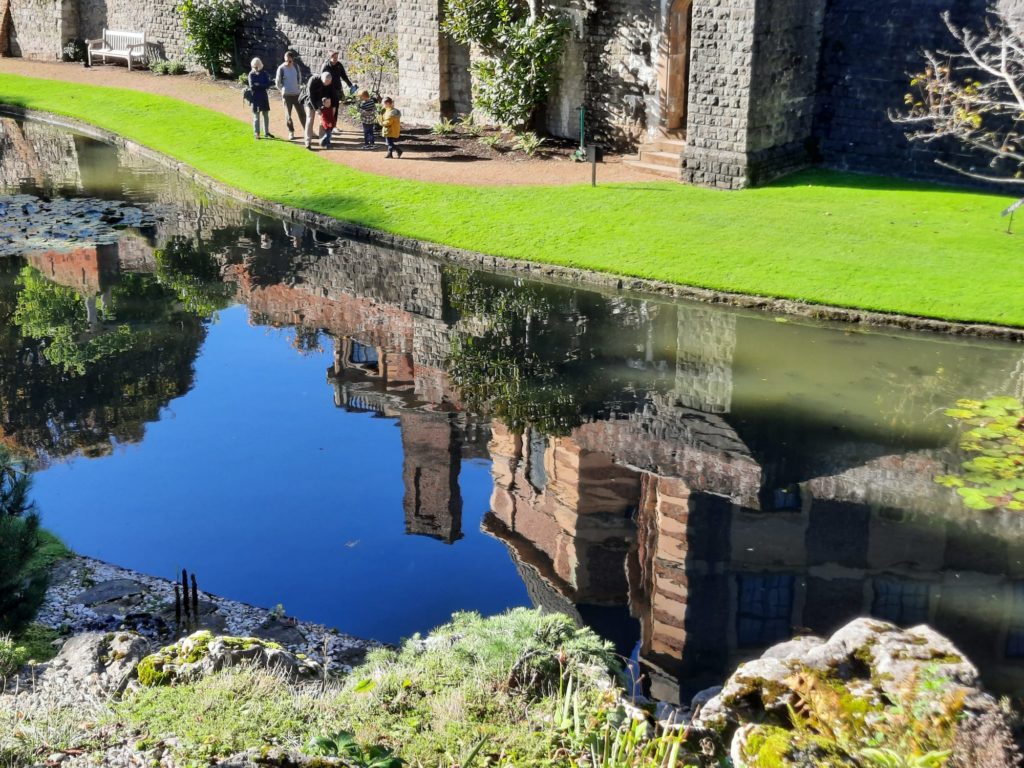

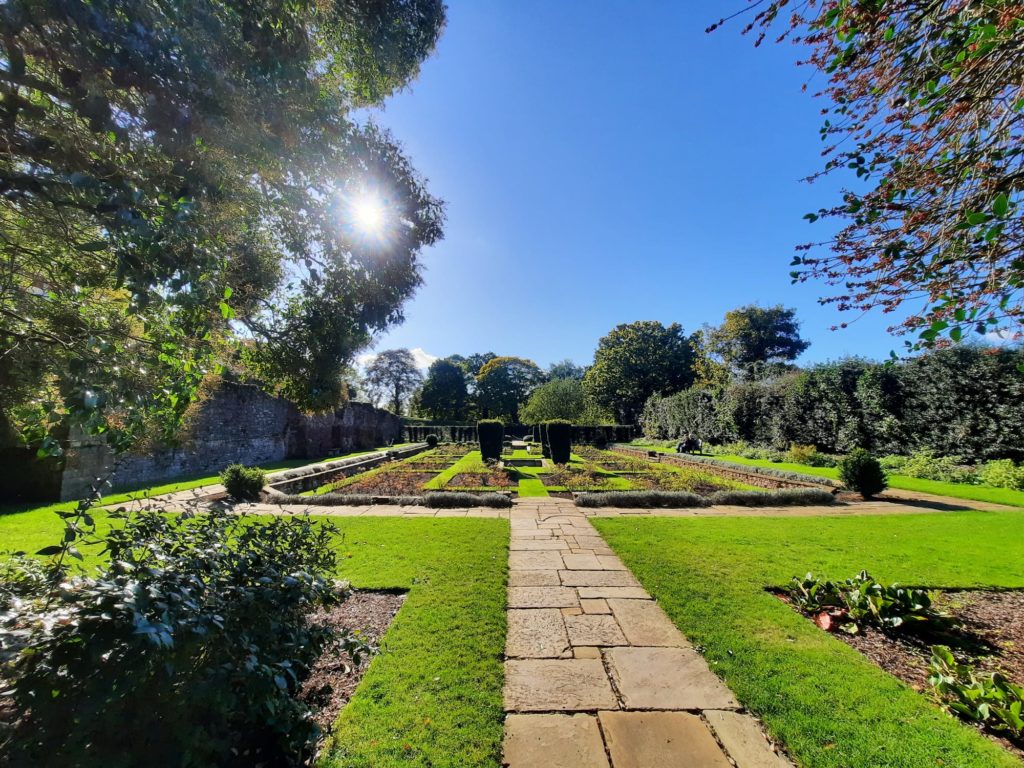
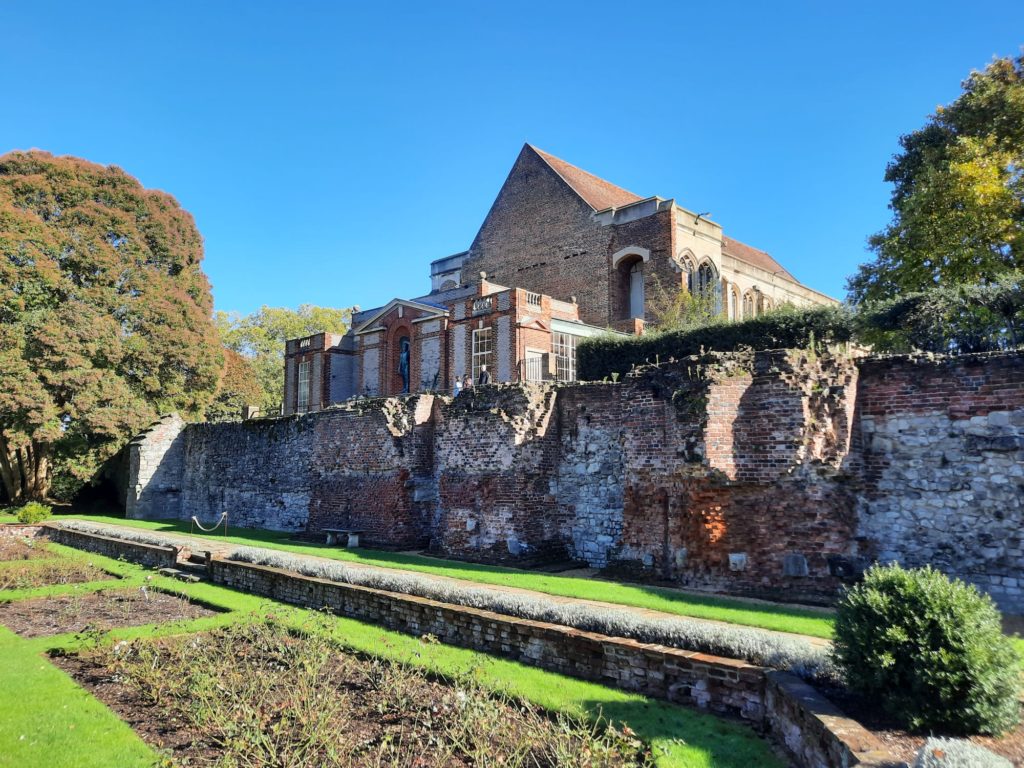
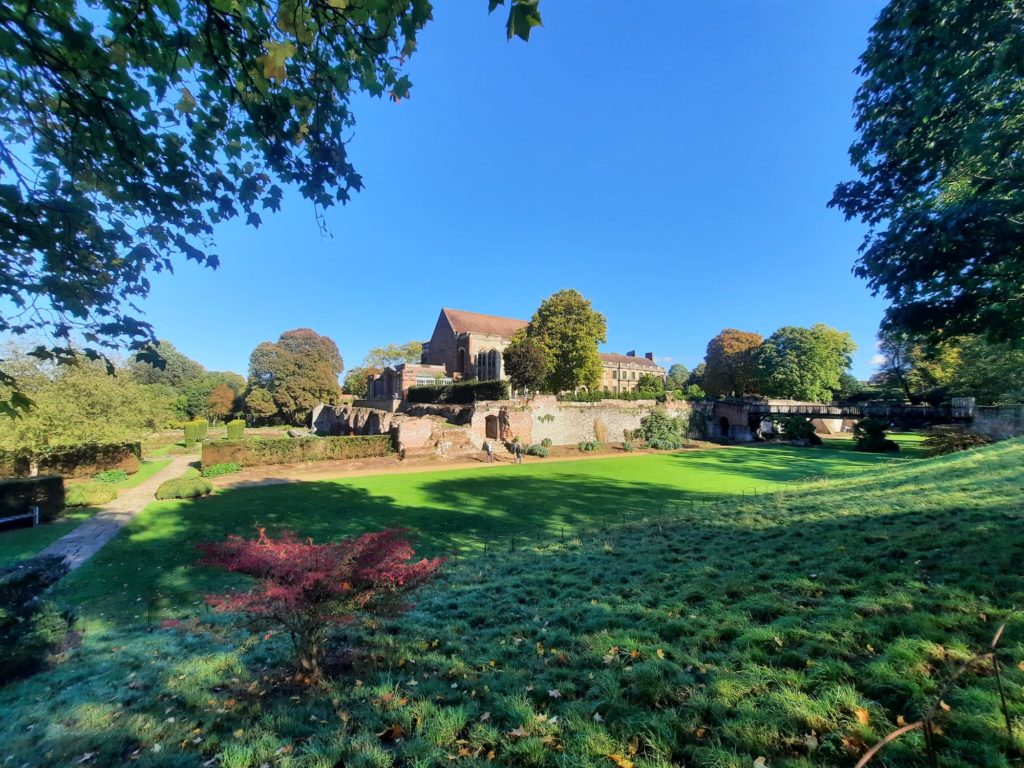
Final Thoughts On Eltham Palace
So there you have it. Eltham Palace – part medieval royal palace, part comfortable Art Deco home. To have imagined bringing those two things together is remarkable in the first place. But for it to still be so evocative of its 1930s heyday is exceptional.
I really enjoyed the small touches at Eltham Palace. There are the usual information panels in various rooms, explaining the decoration scheme or furniture. But there are also interpretation chests in a few places which introduce Eltham Palace’s residents and guests, with objects to touch to bring things to life. It’s a simple yet effective tool to make the home less static and make you feel as if the Courtaulds have perhaps just stepped out to the swimming pool.
If you fancy a day out within London, Eltham Palace is a good option. It’s not too far out, has different points of interest, and I can say with reasonable certainty will be unlike any other English Heritage sites you’ve been to. There are activities for families, and guided tours for those who want to learn even more about the Courtaulds and their remarkable home.
Salterton Arts Review’s rating: 3.5/5
Trending
If you see this after your page is loaded completely, leafletJS files are missing.

